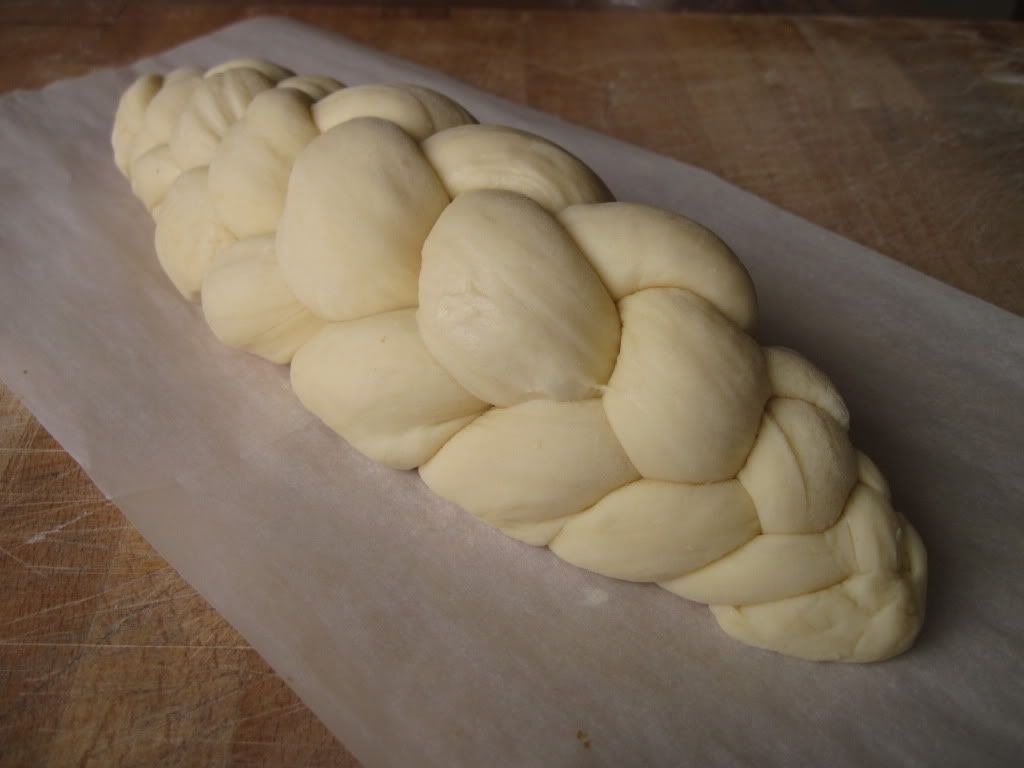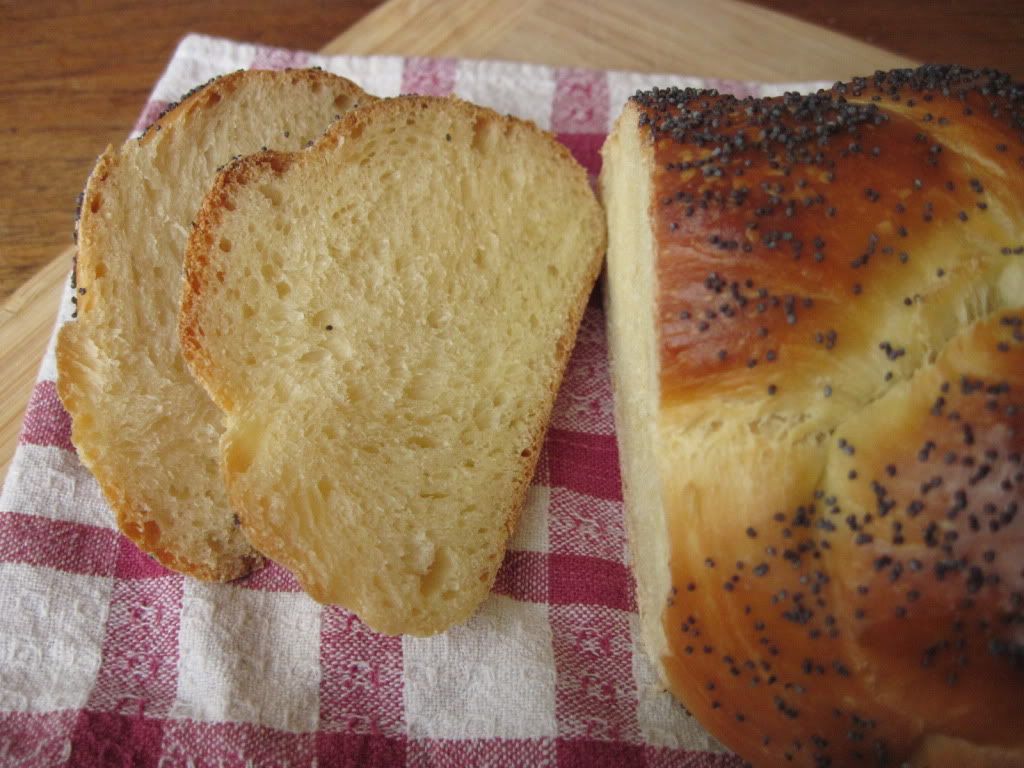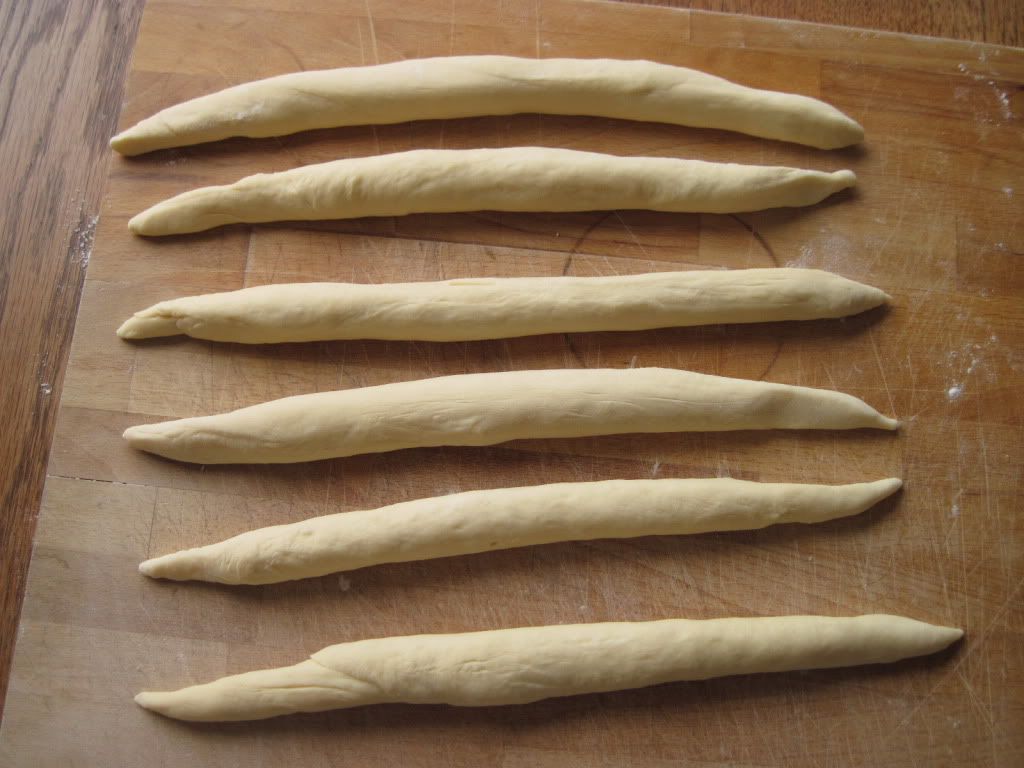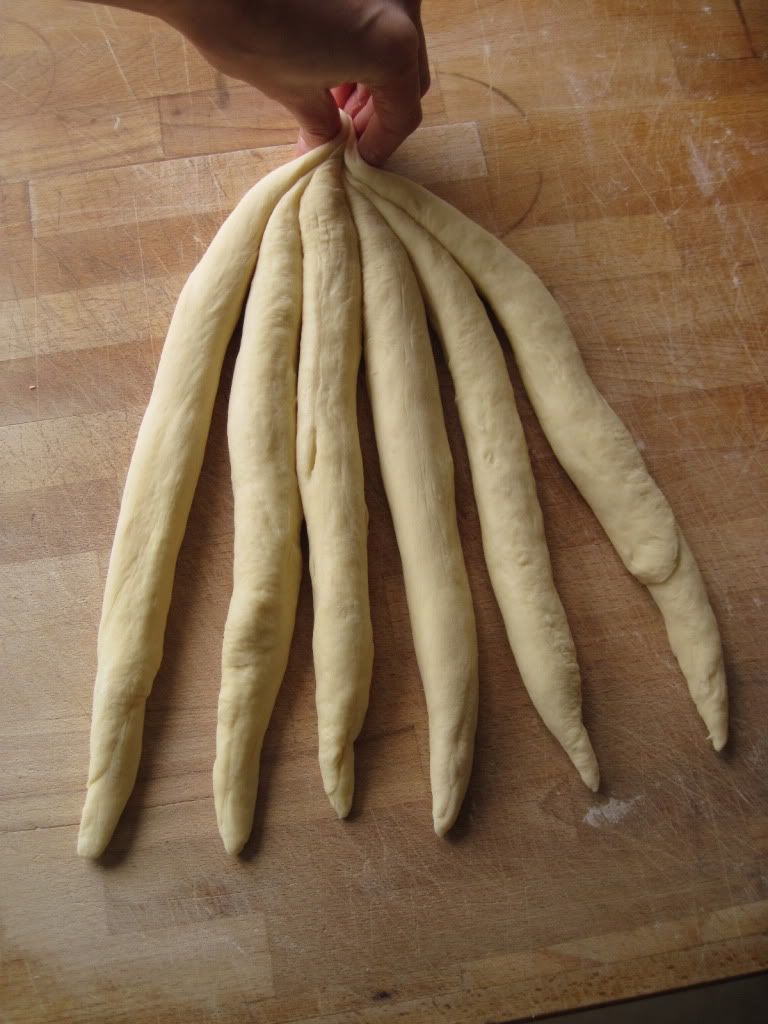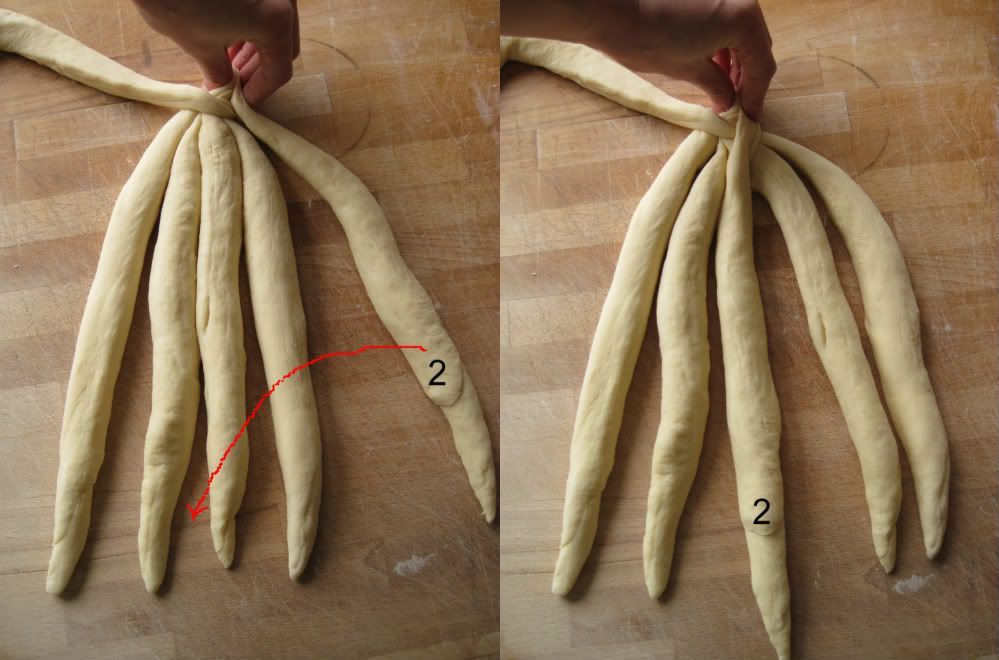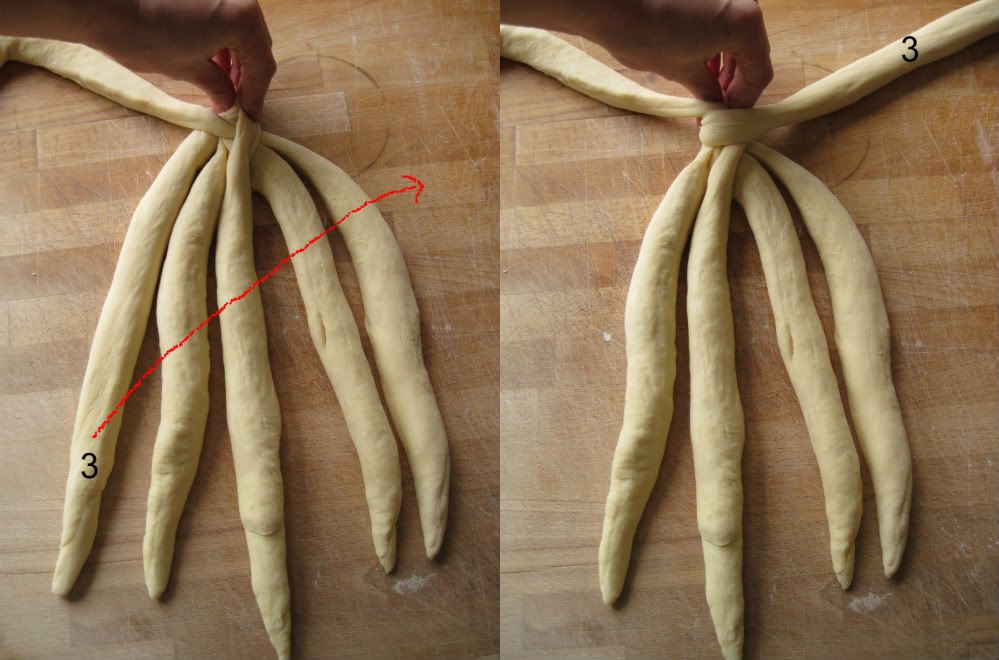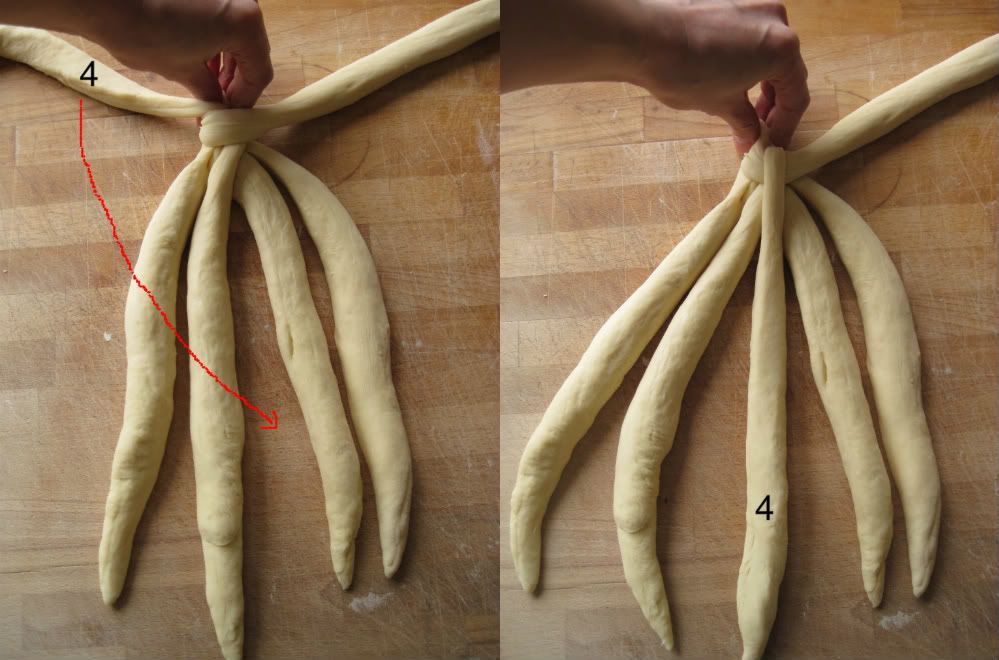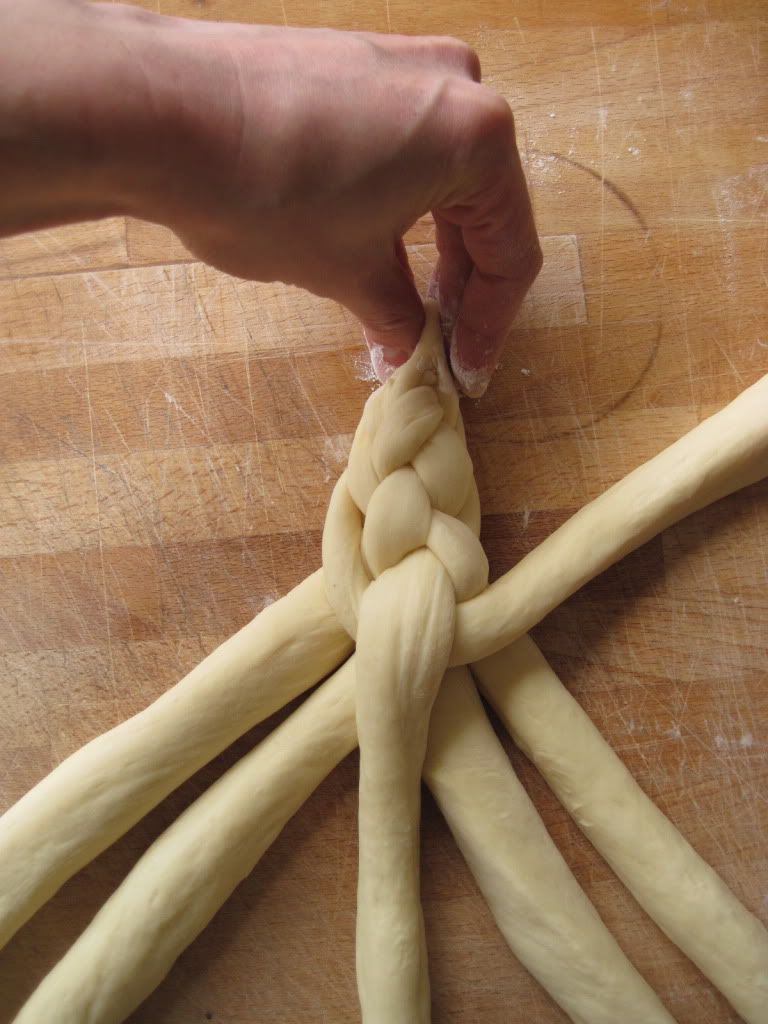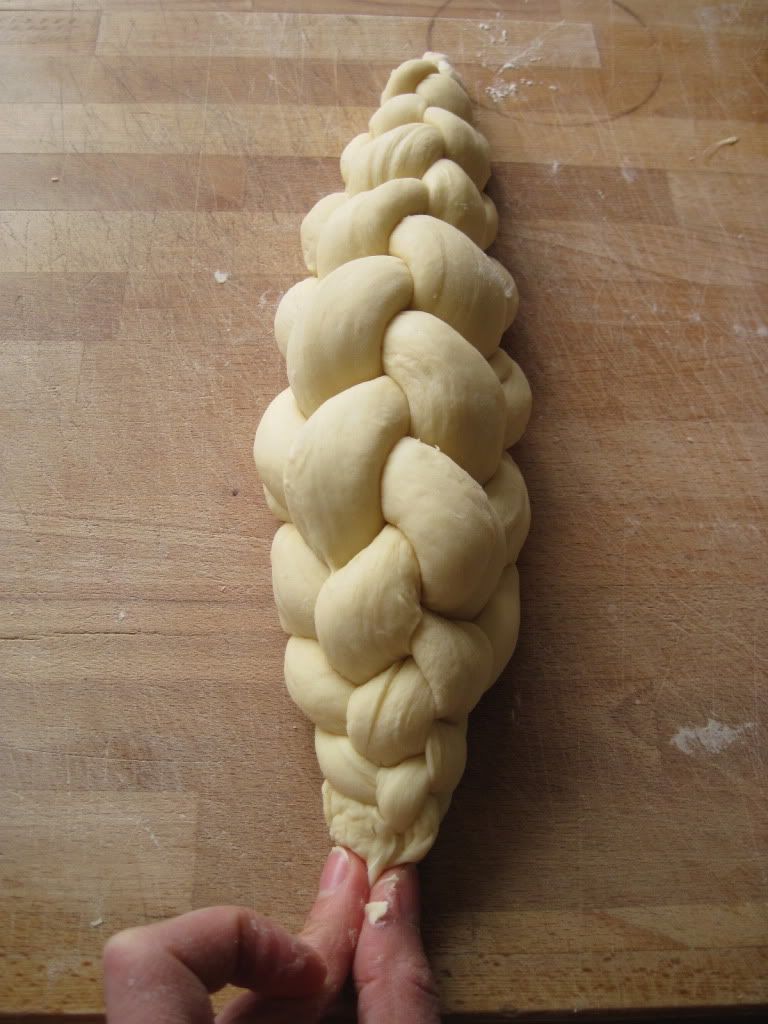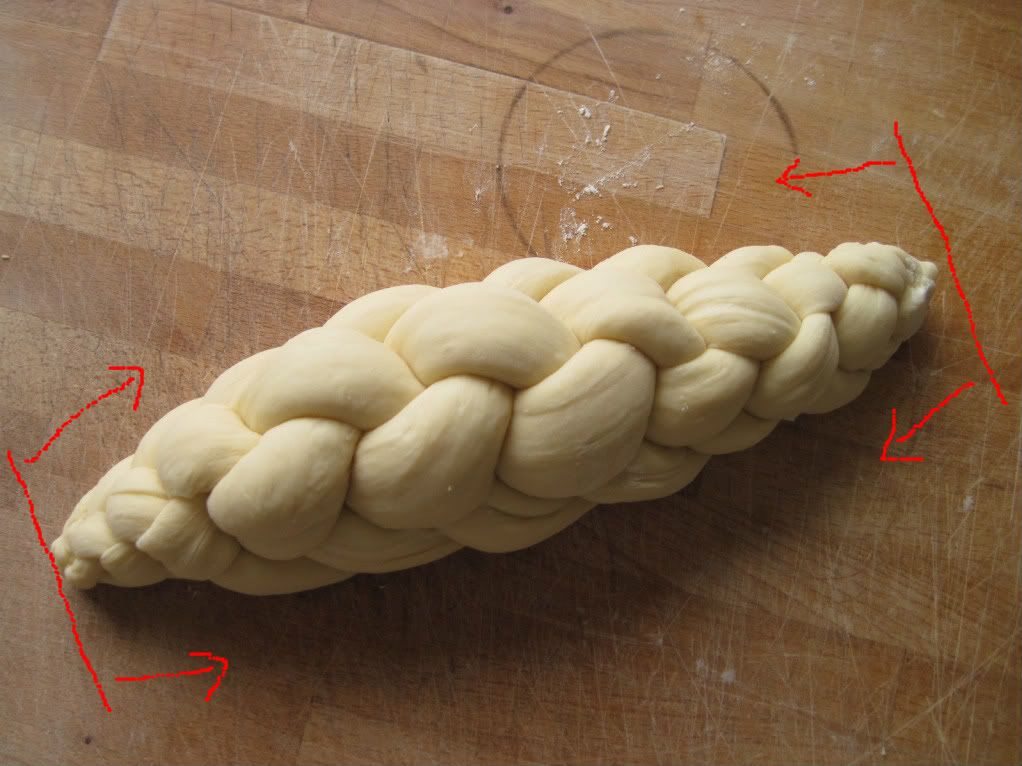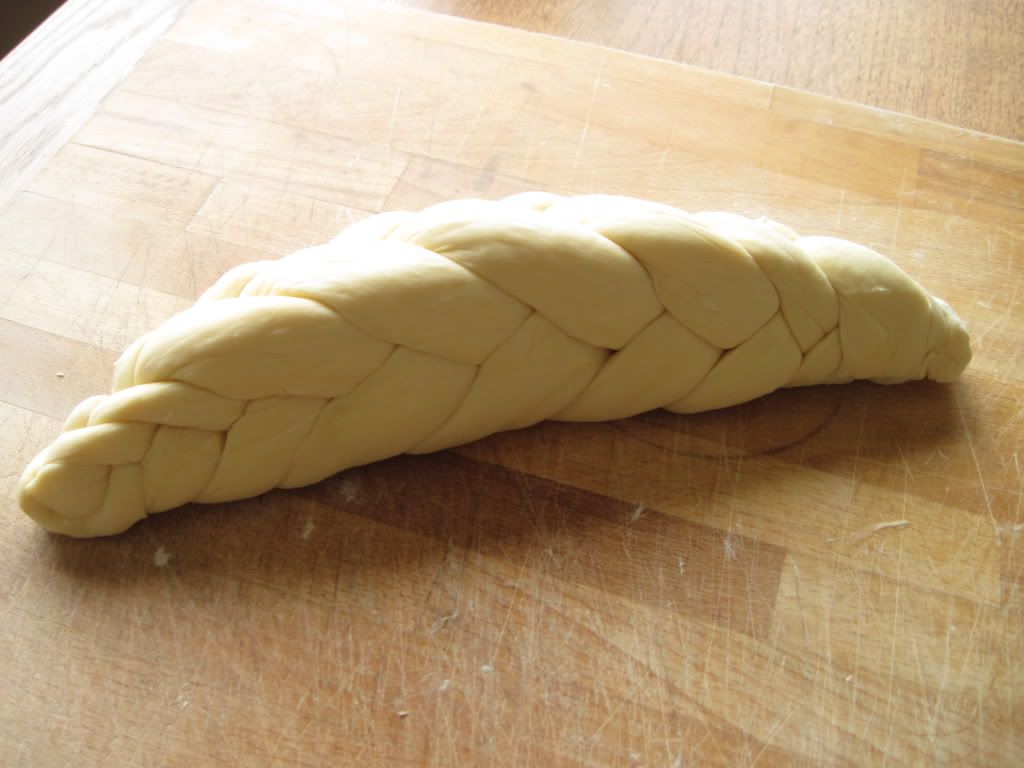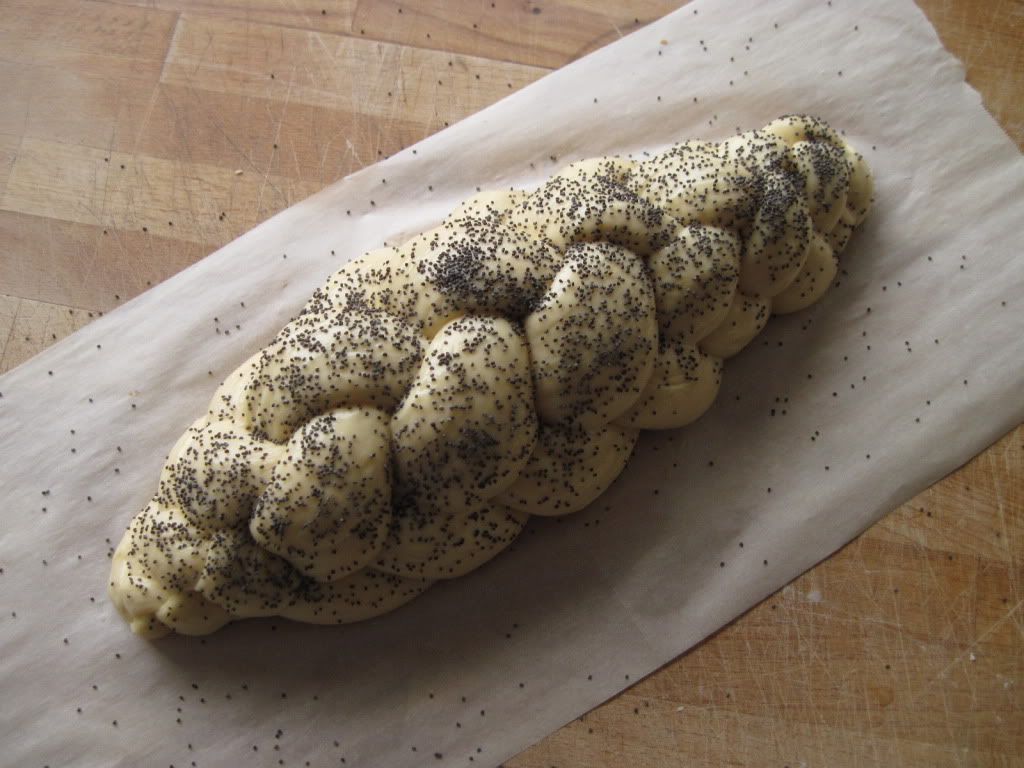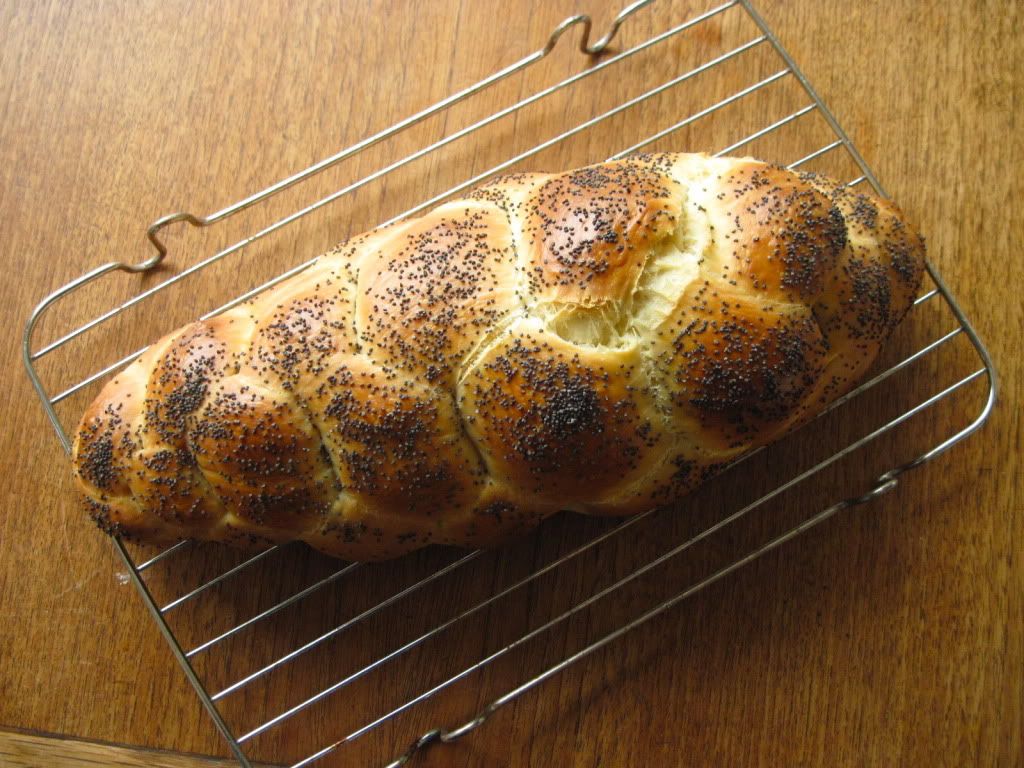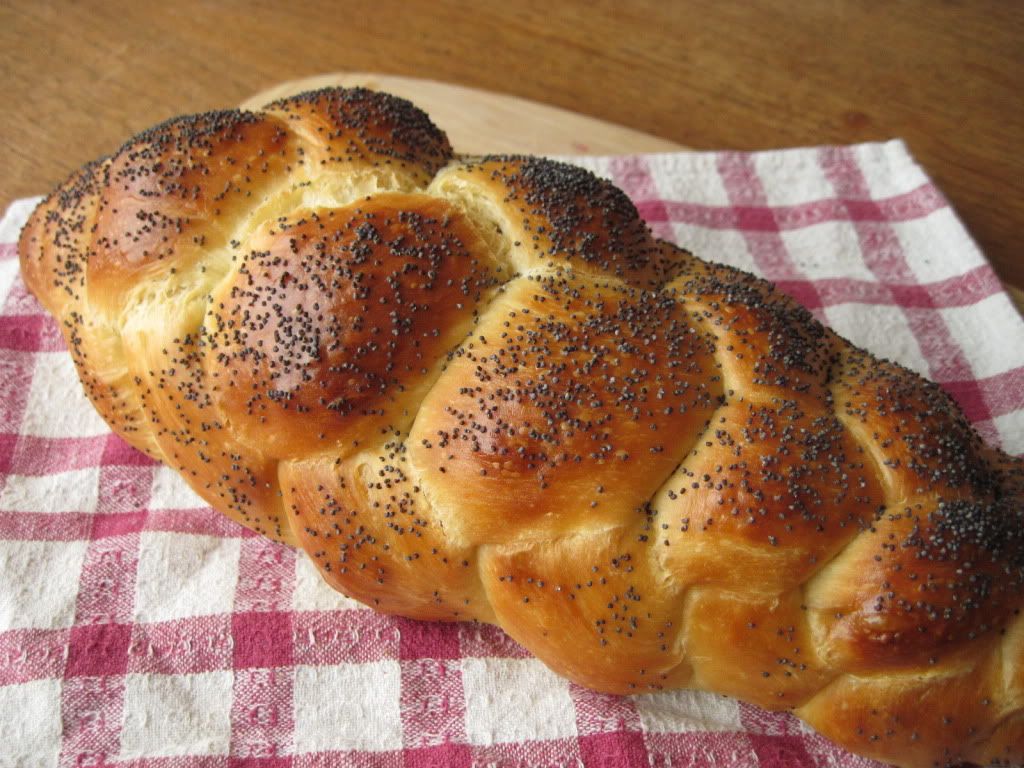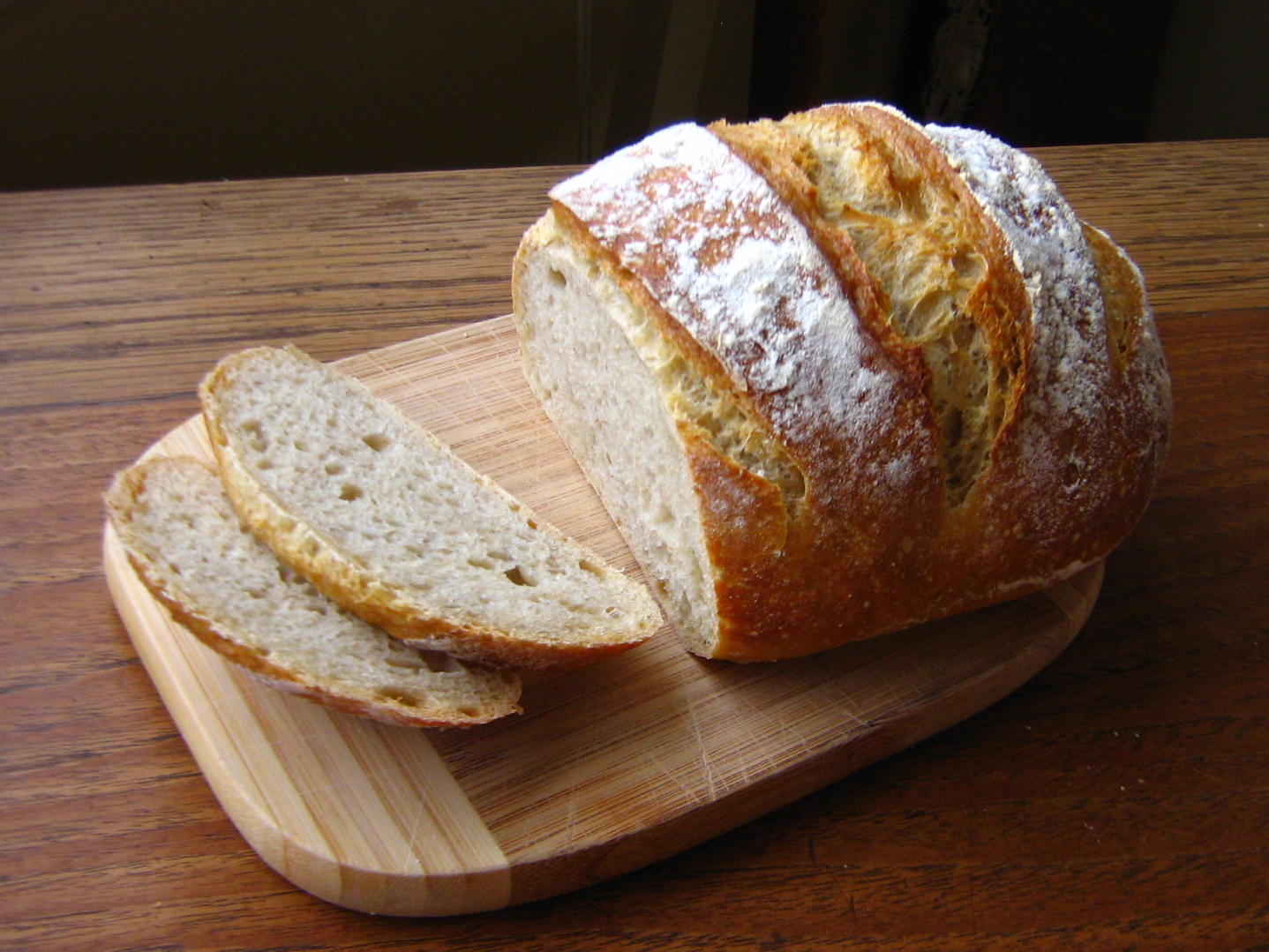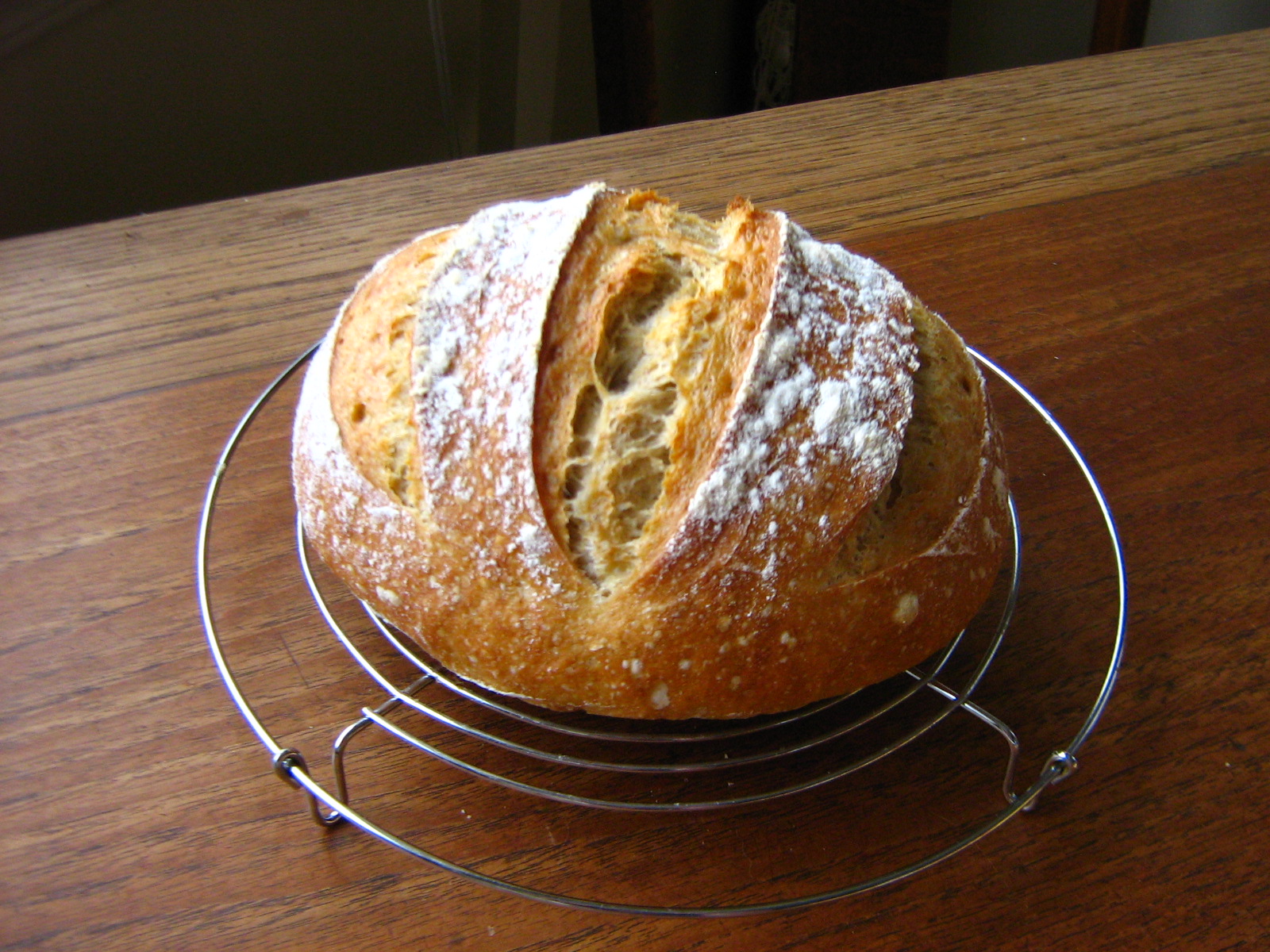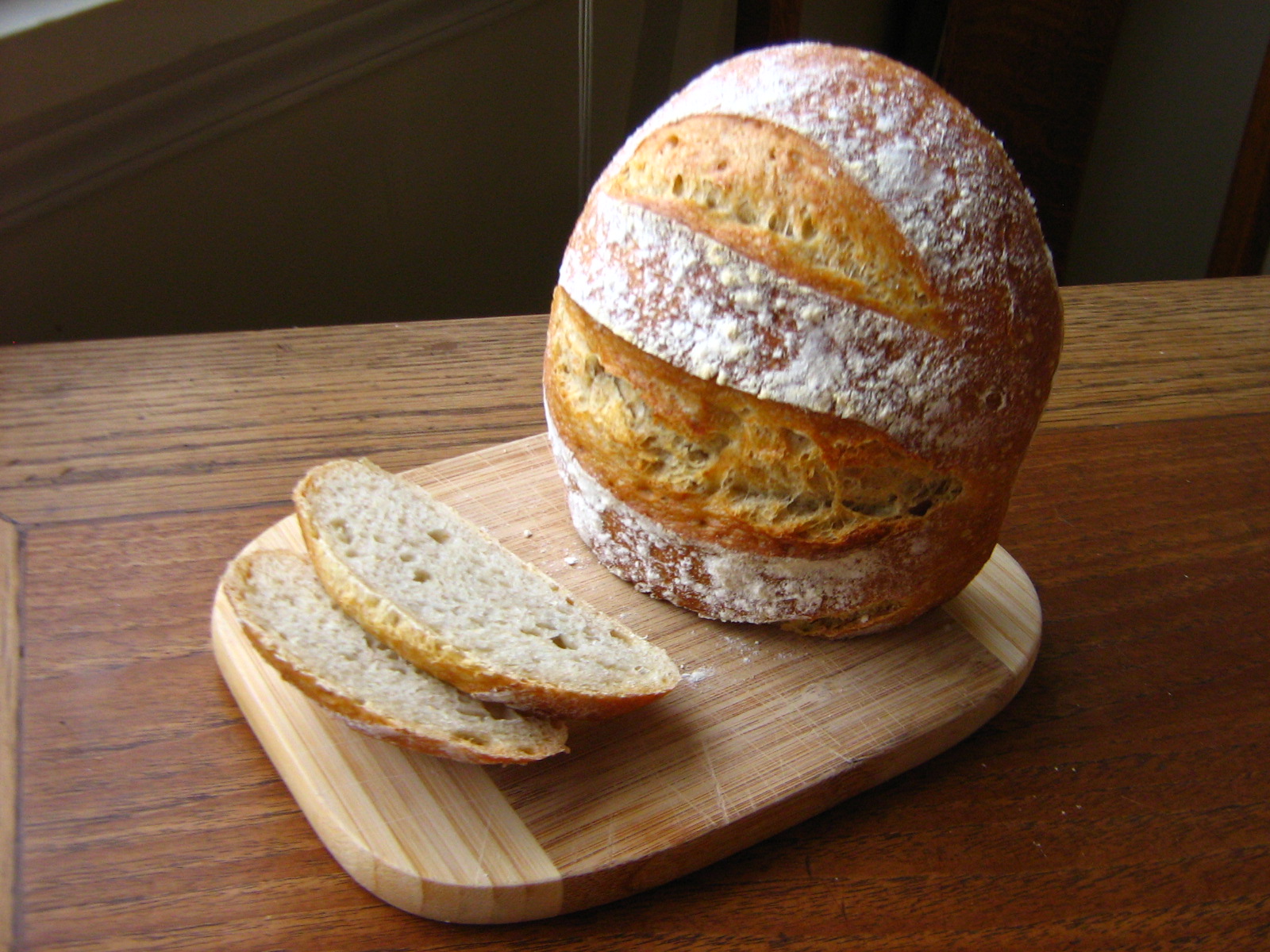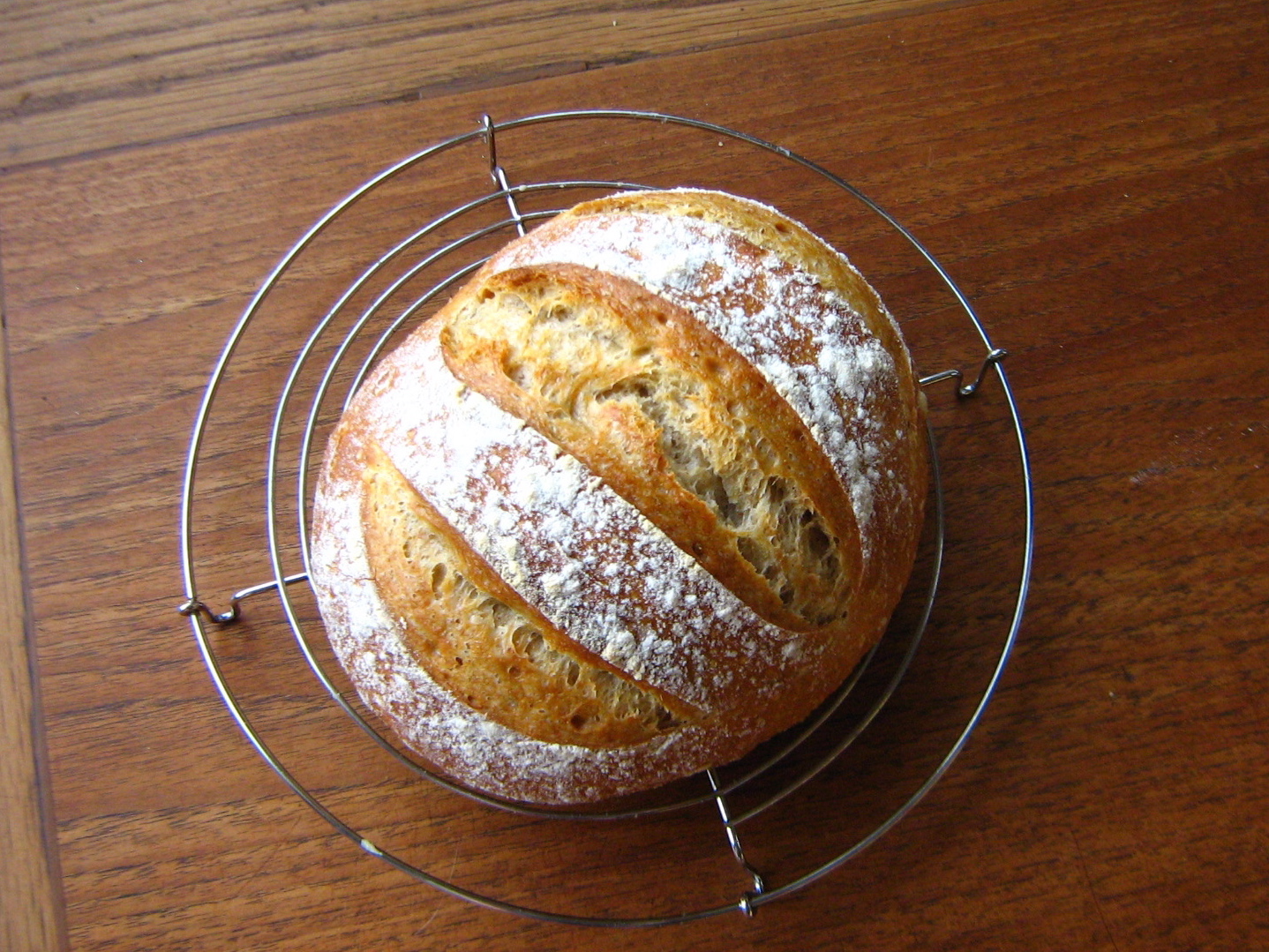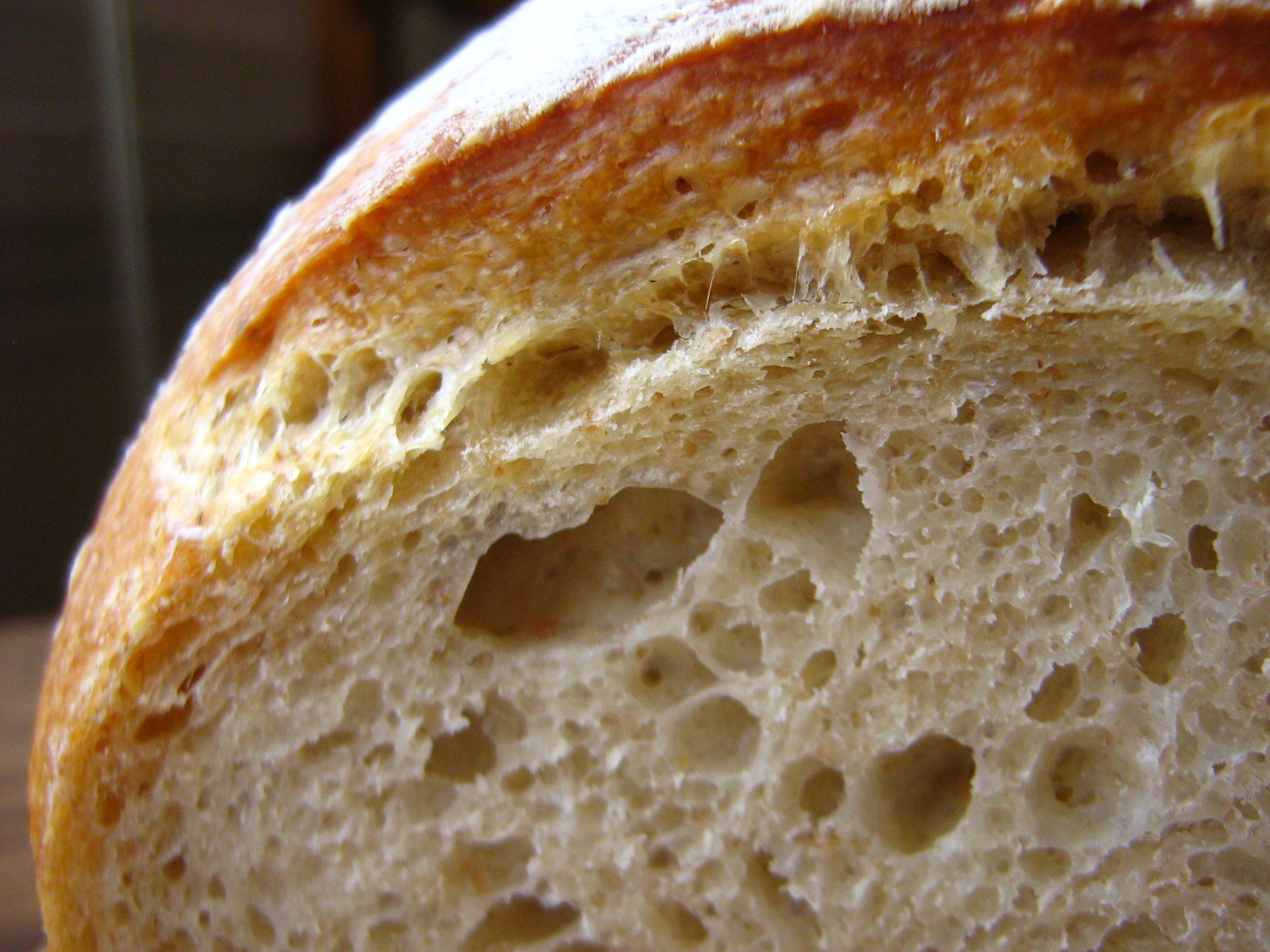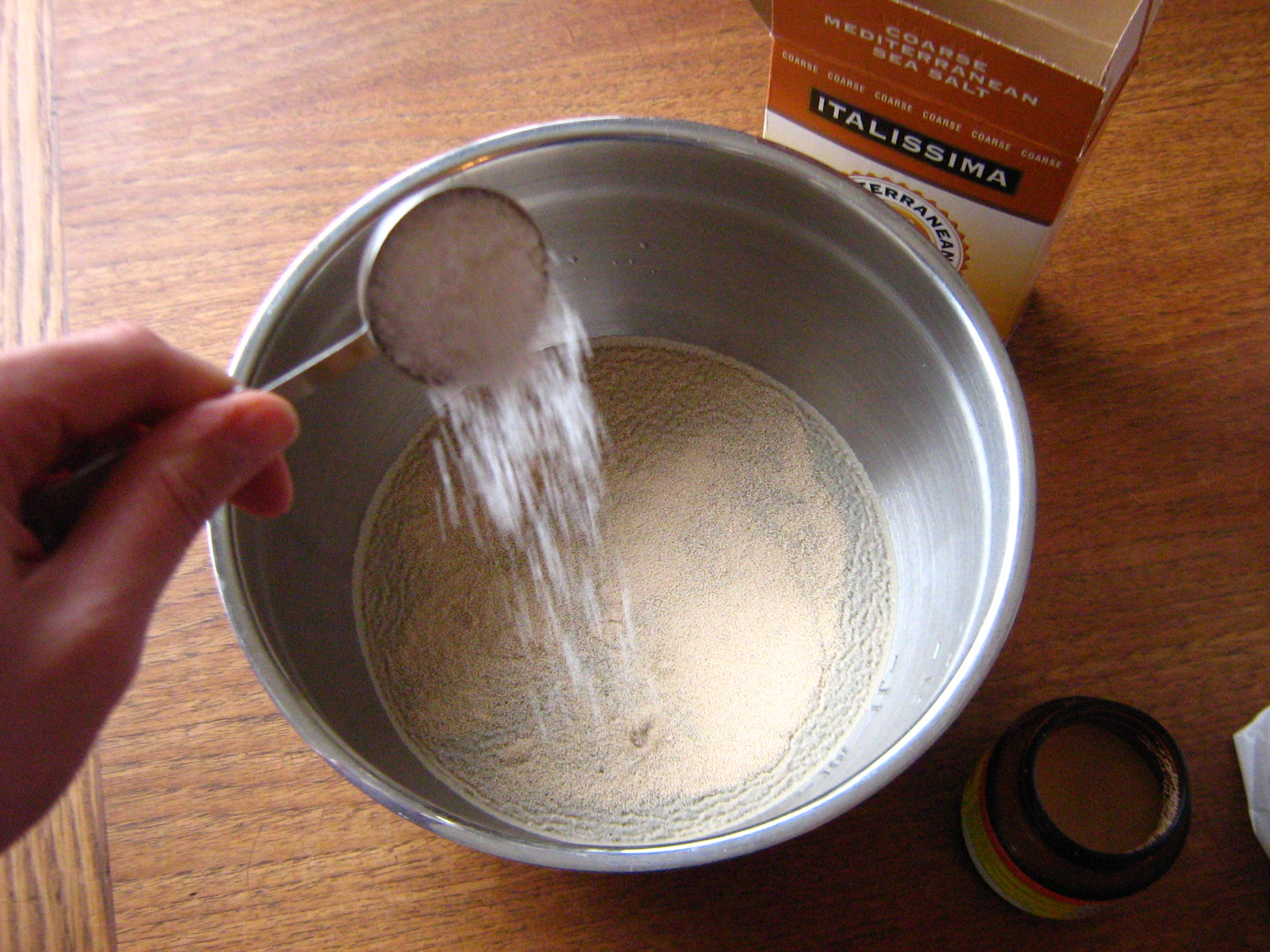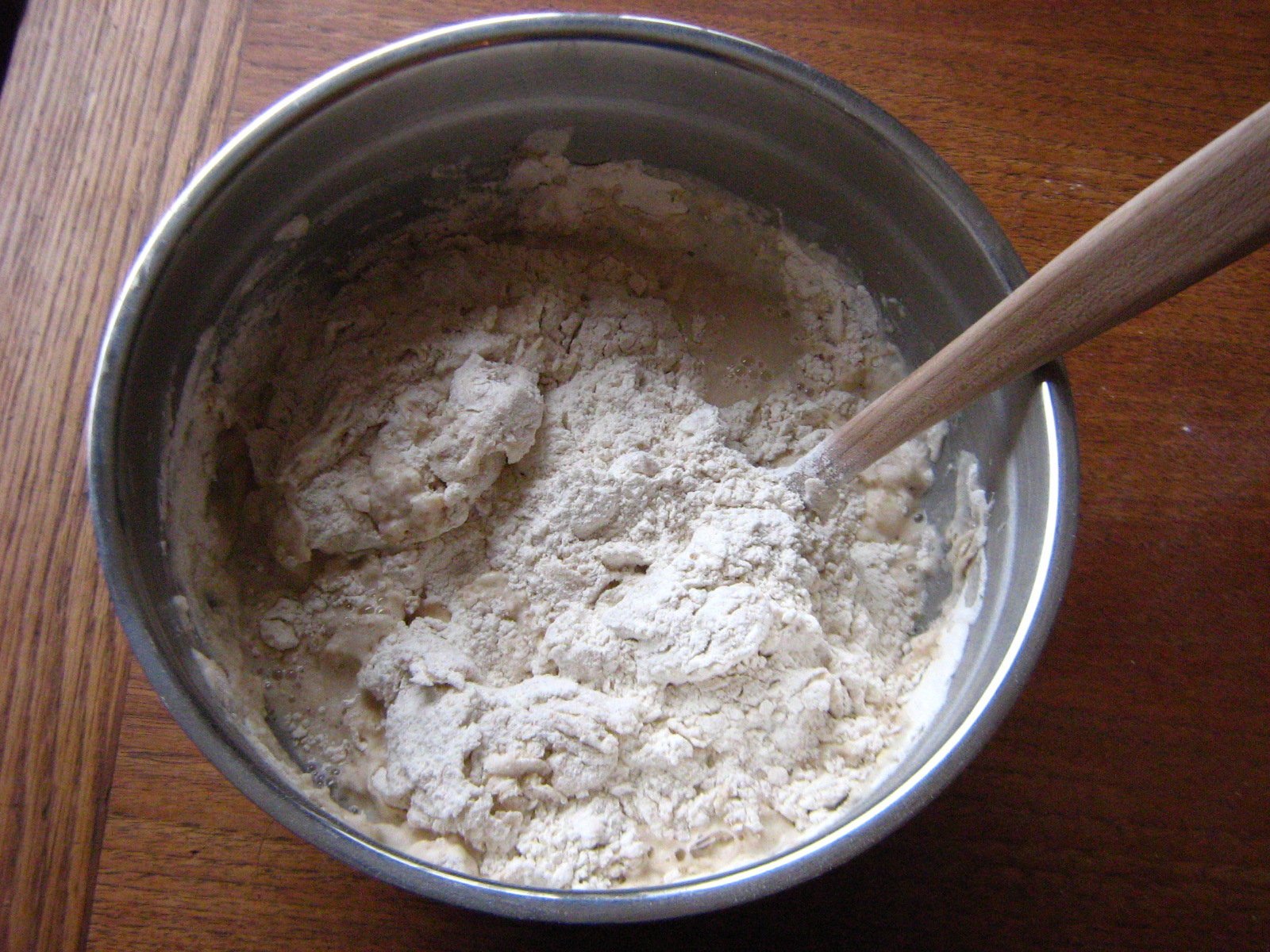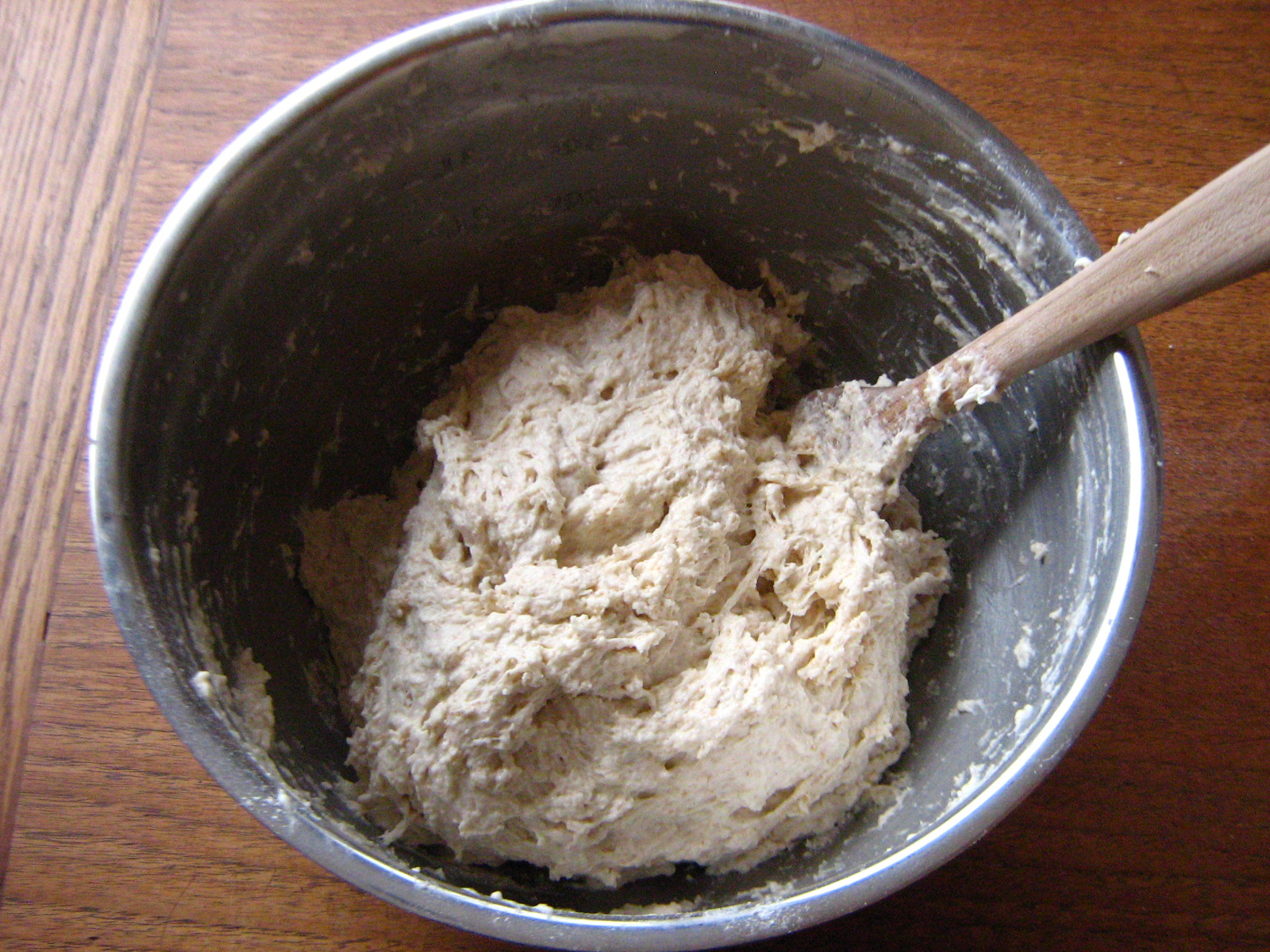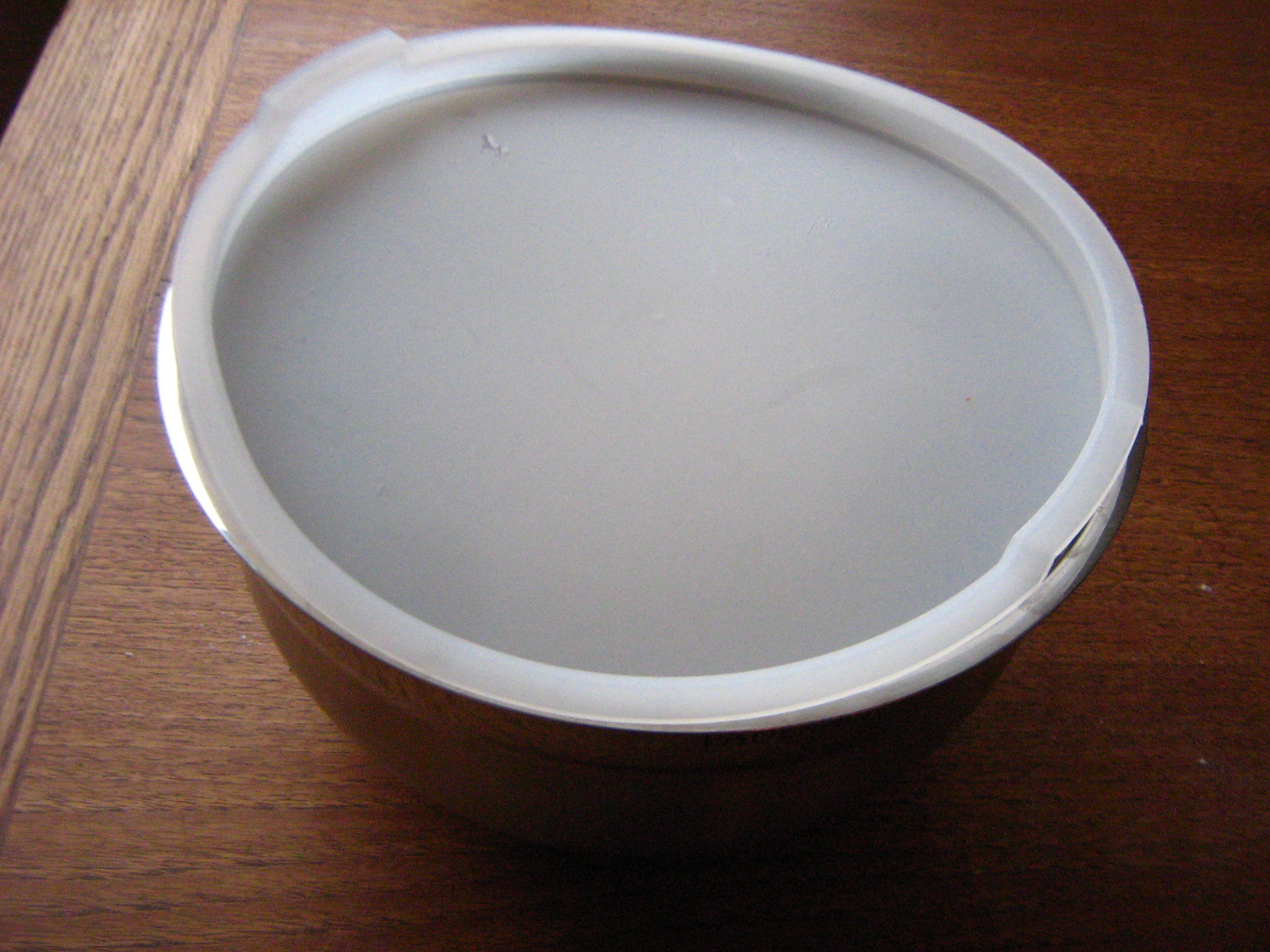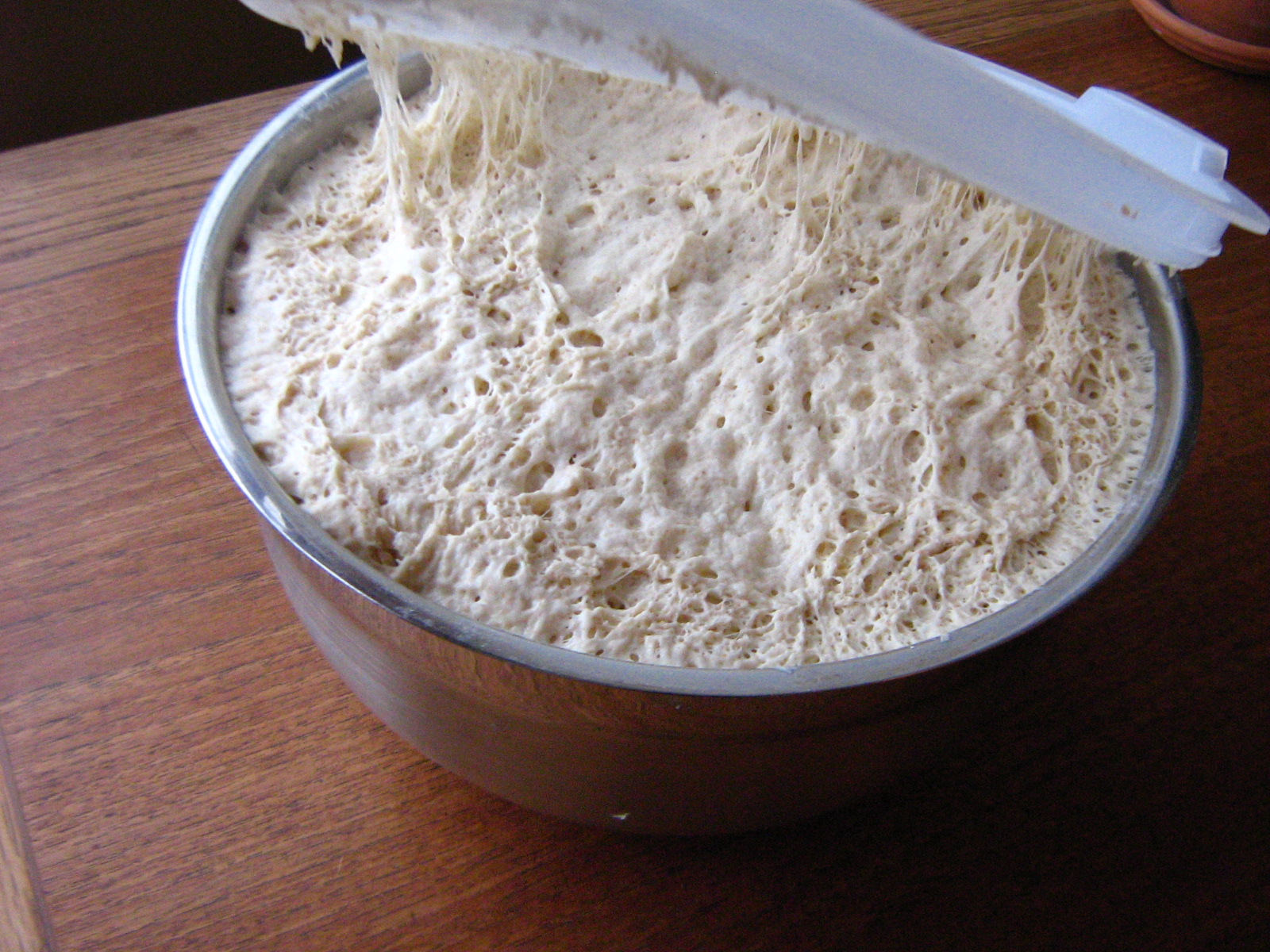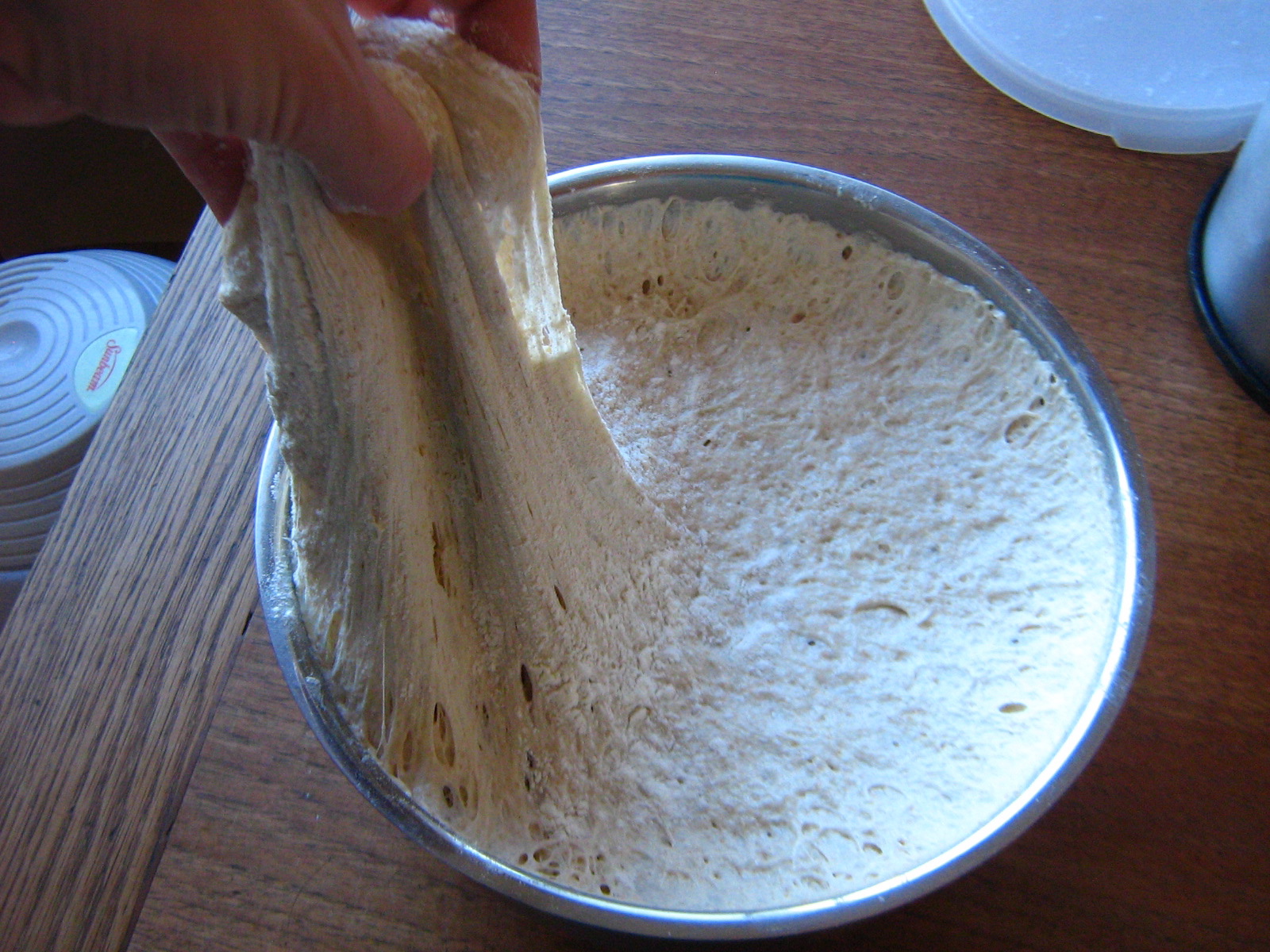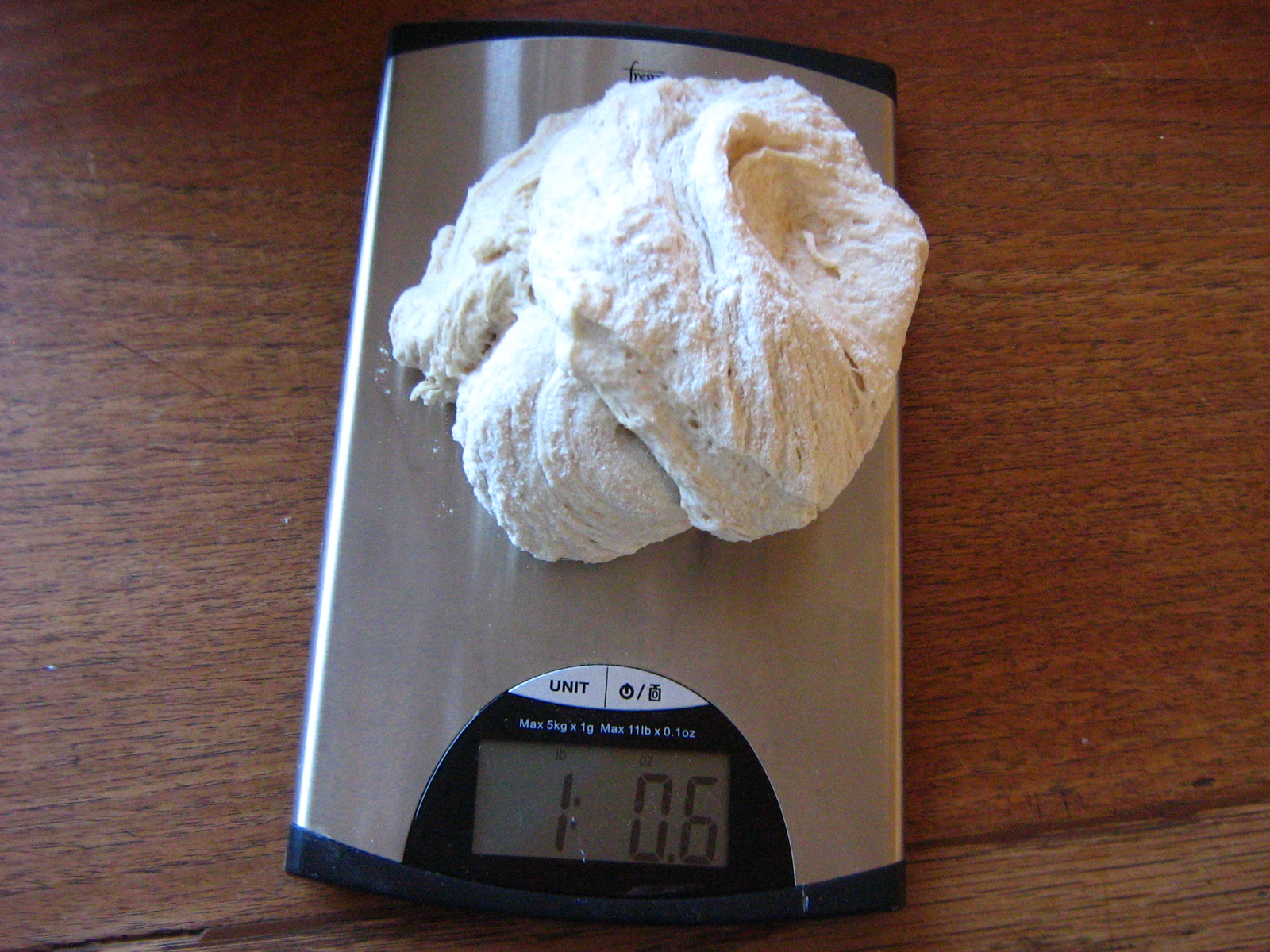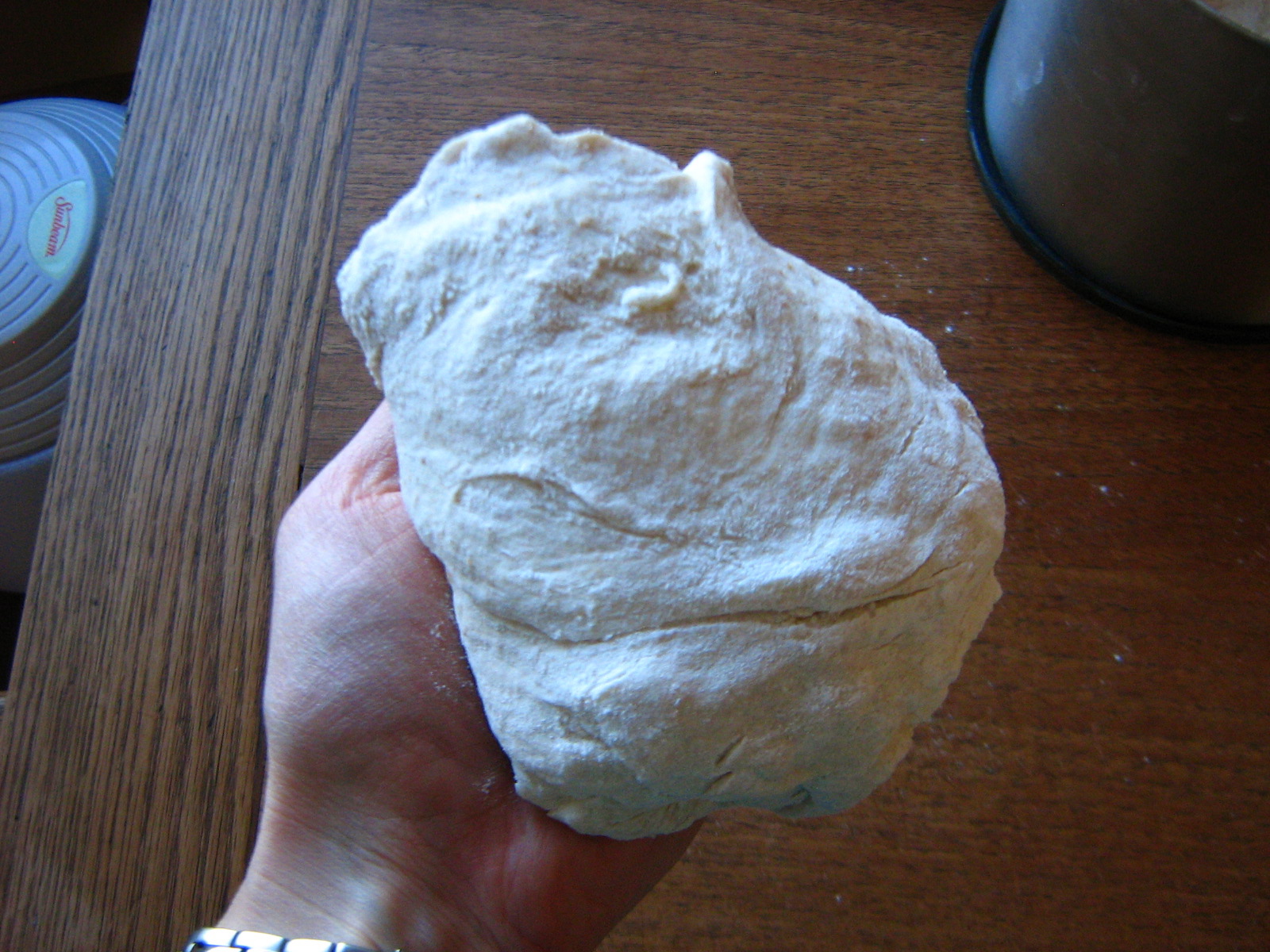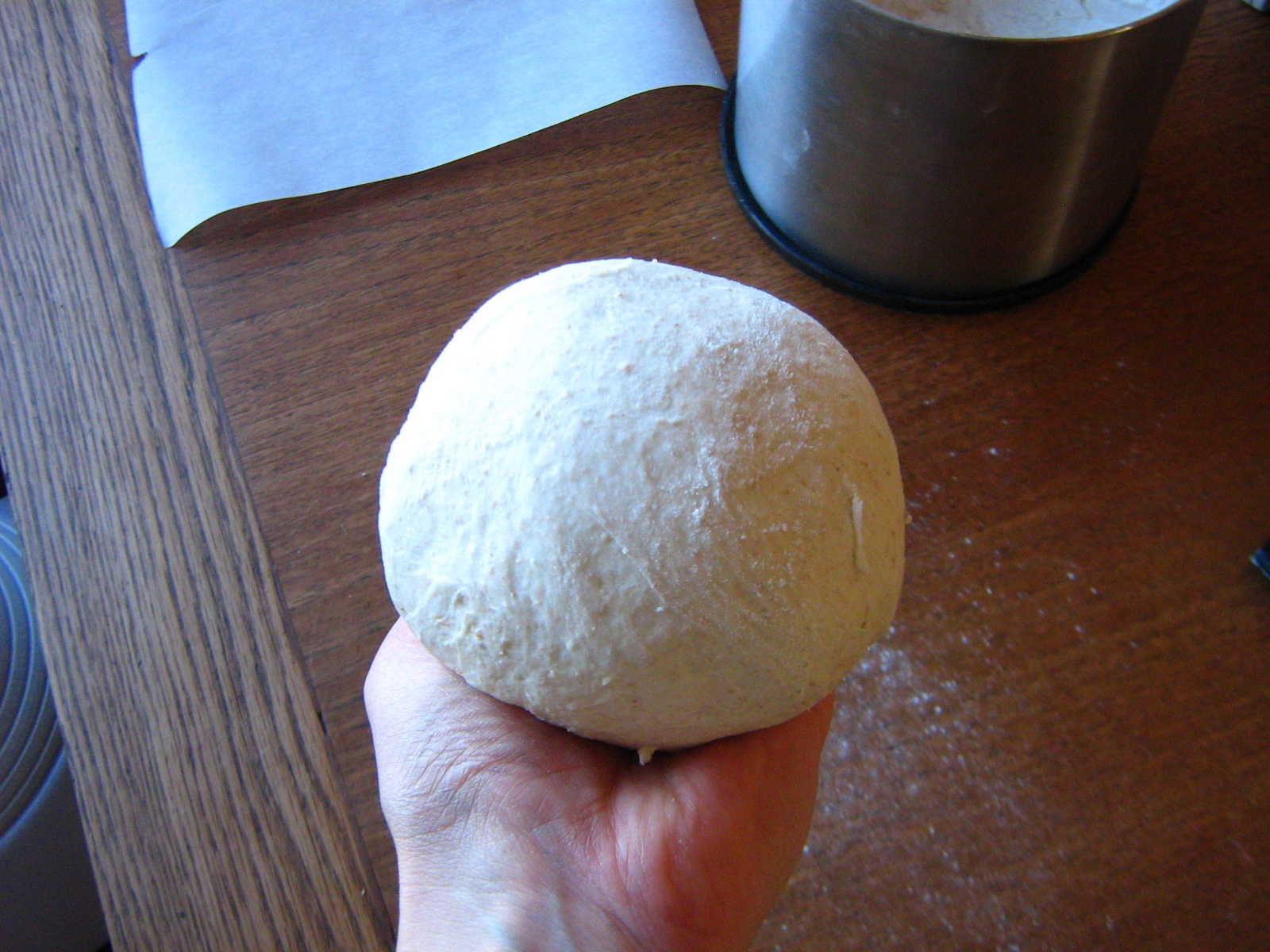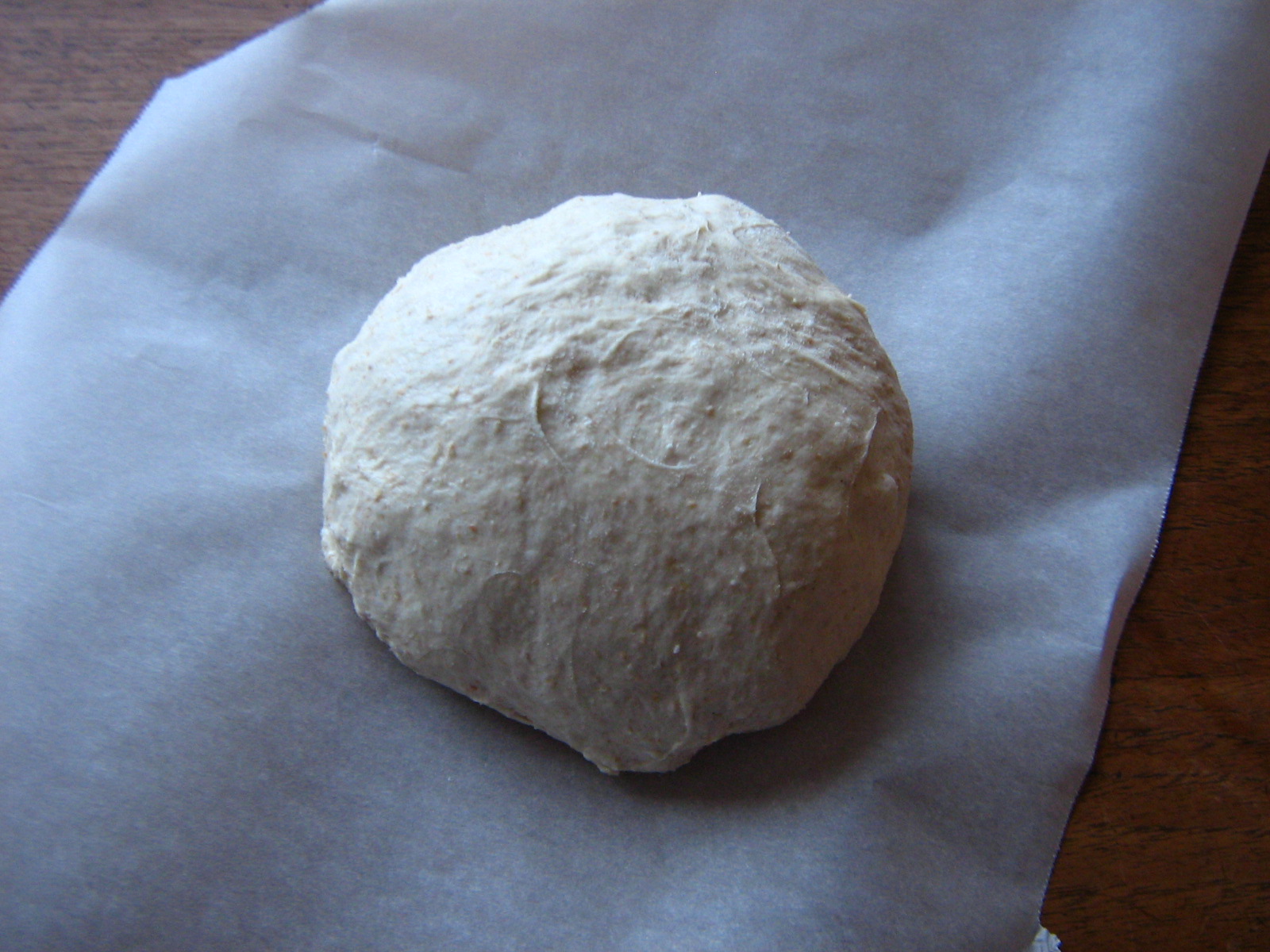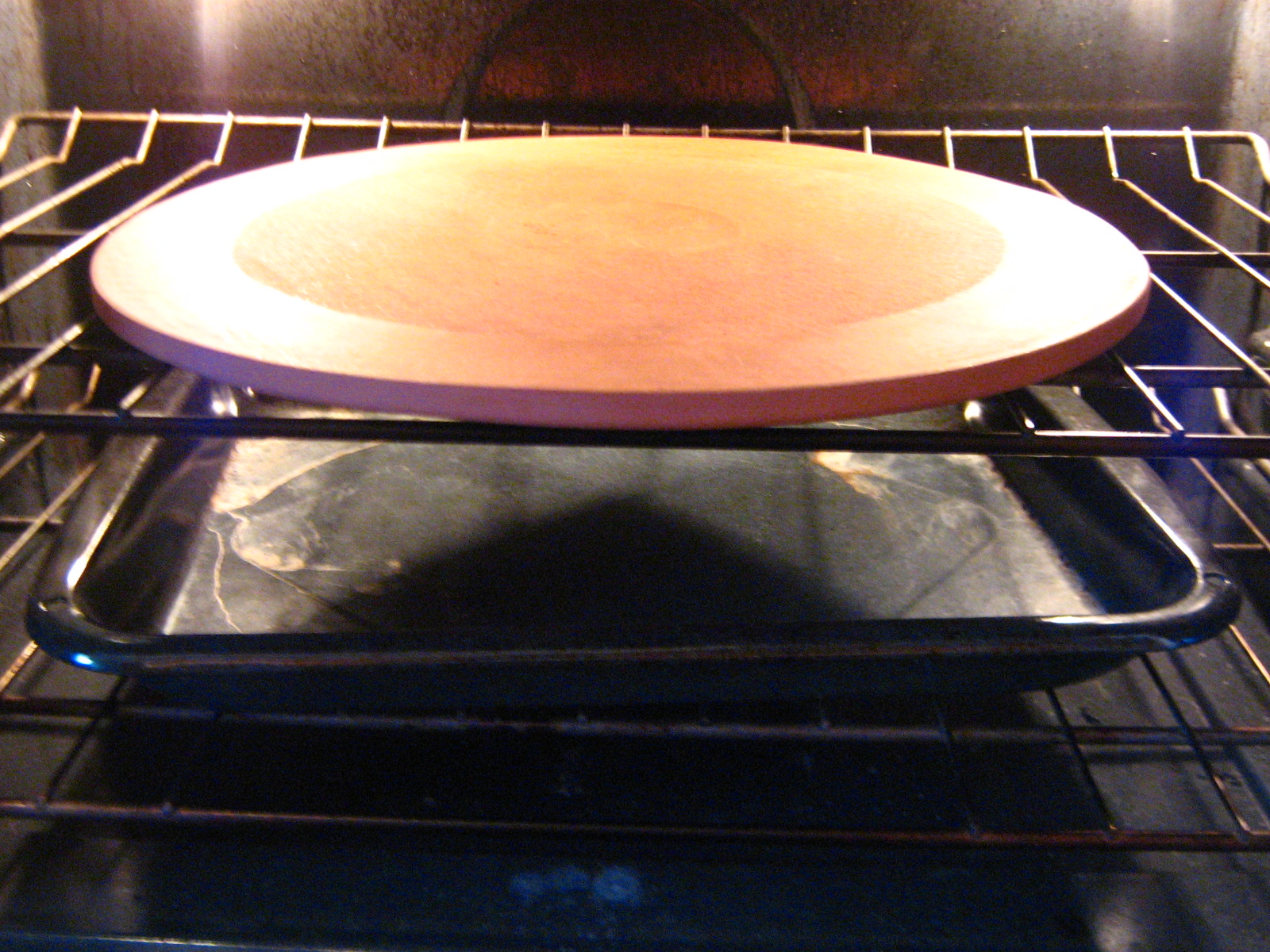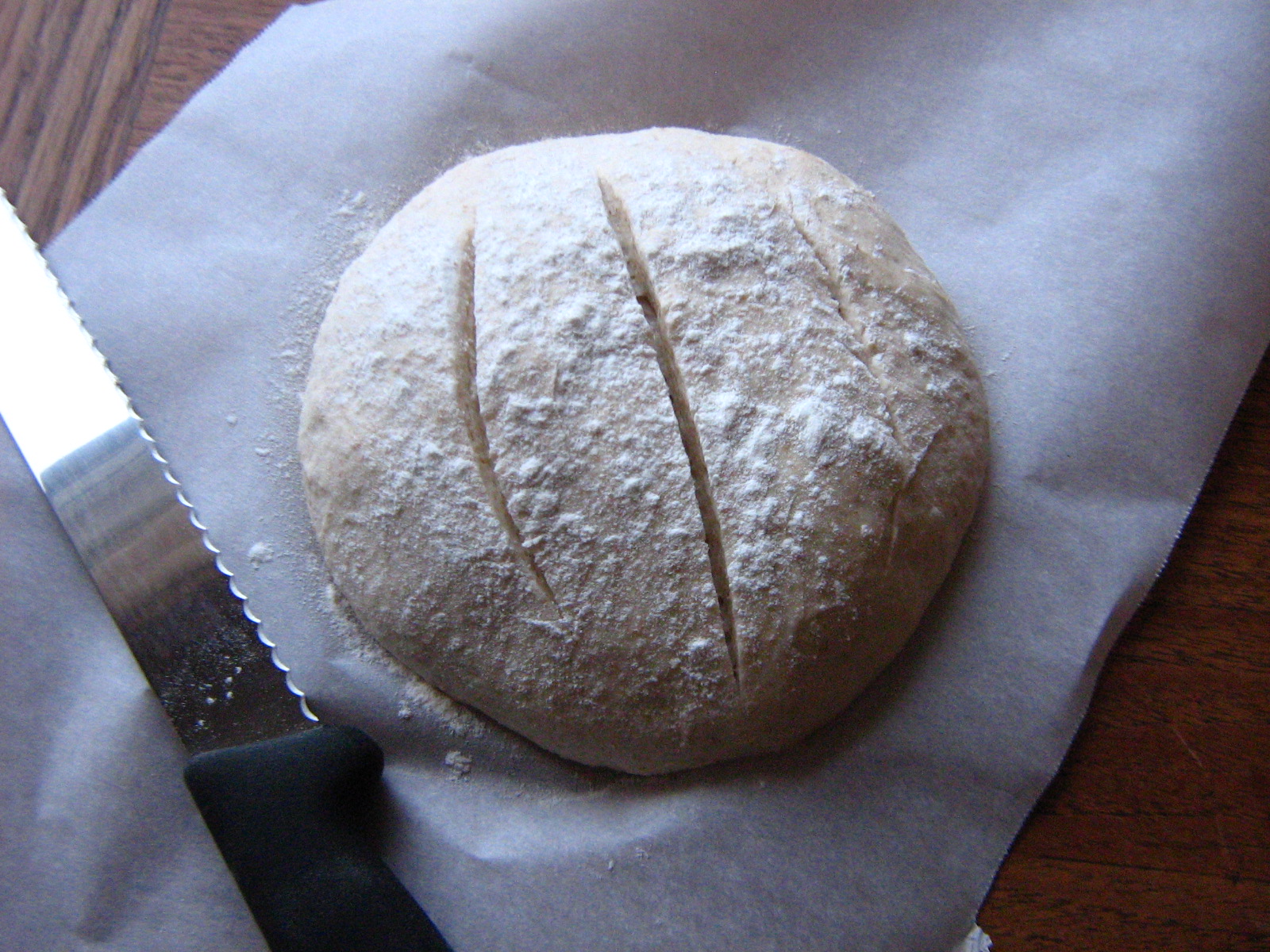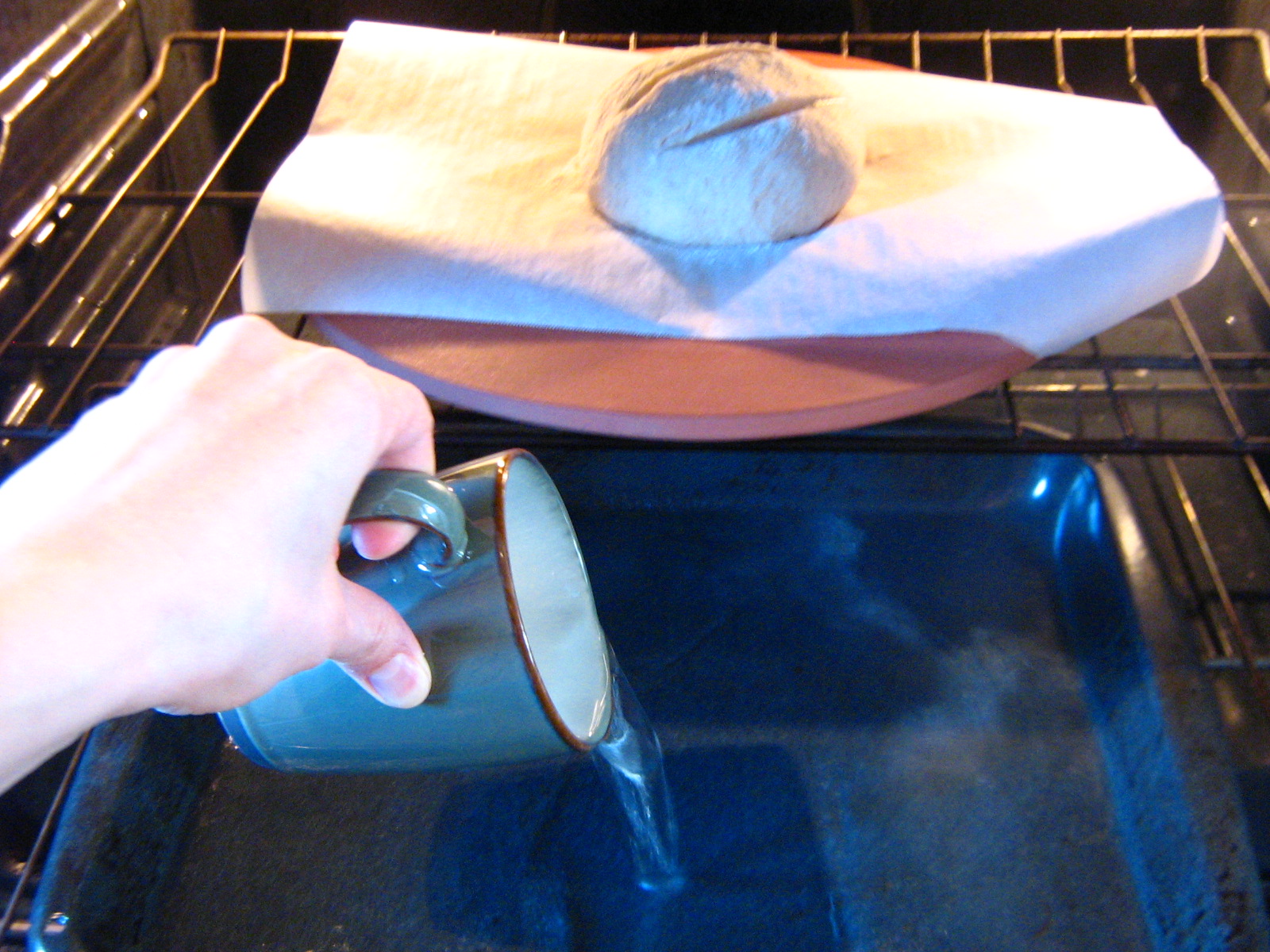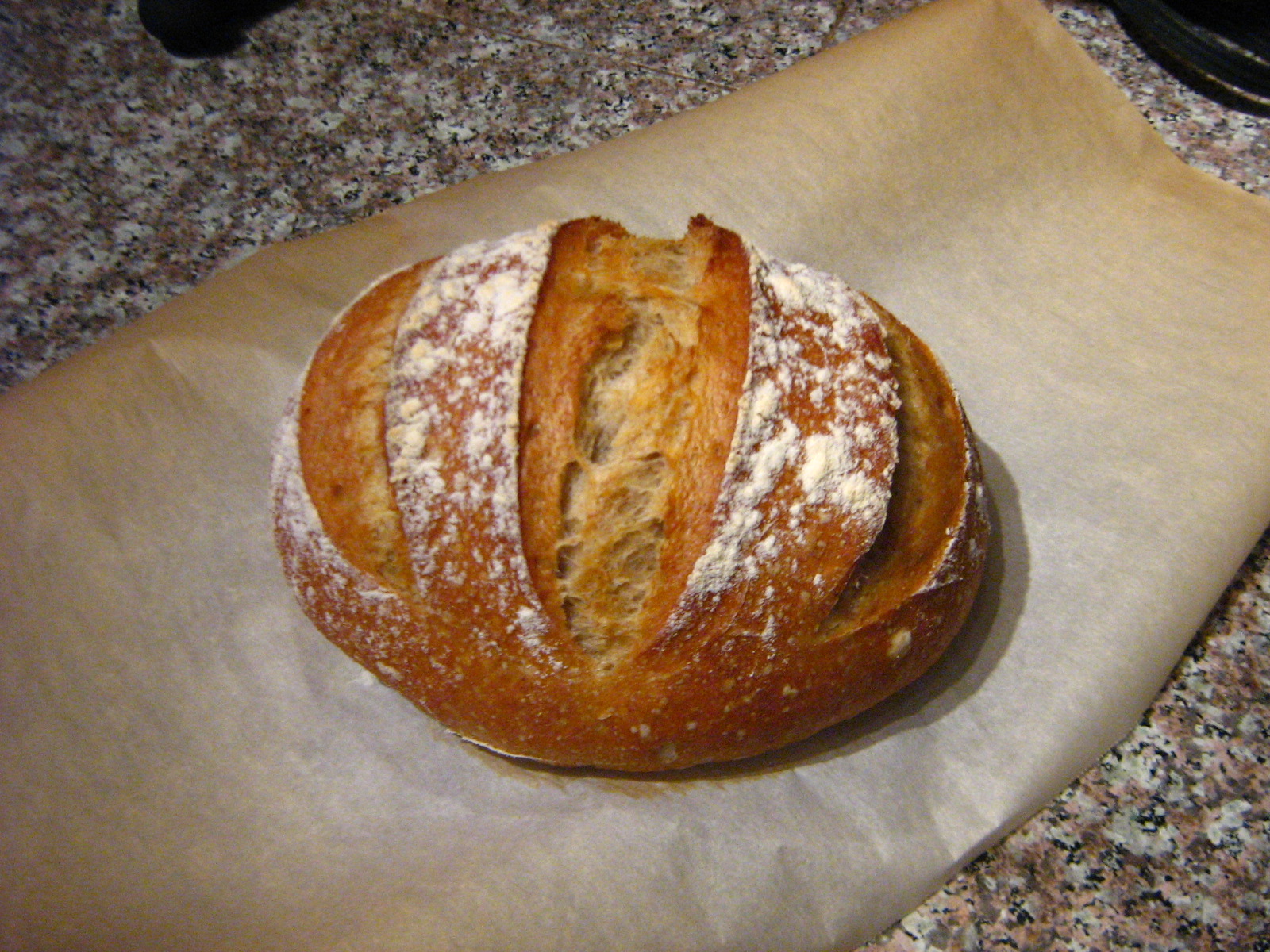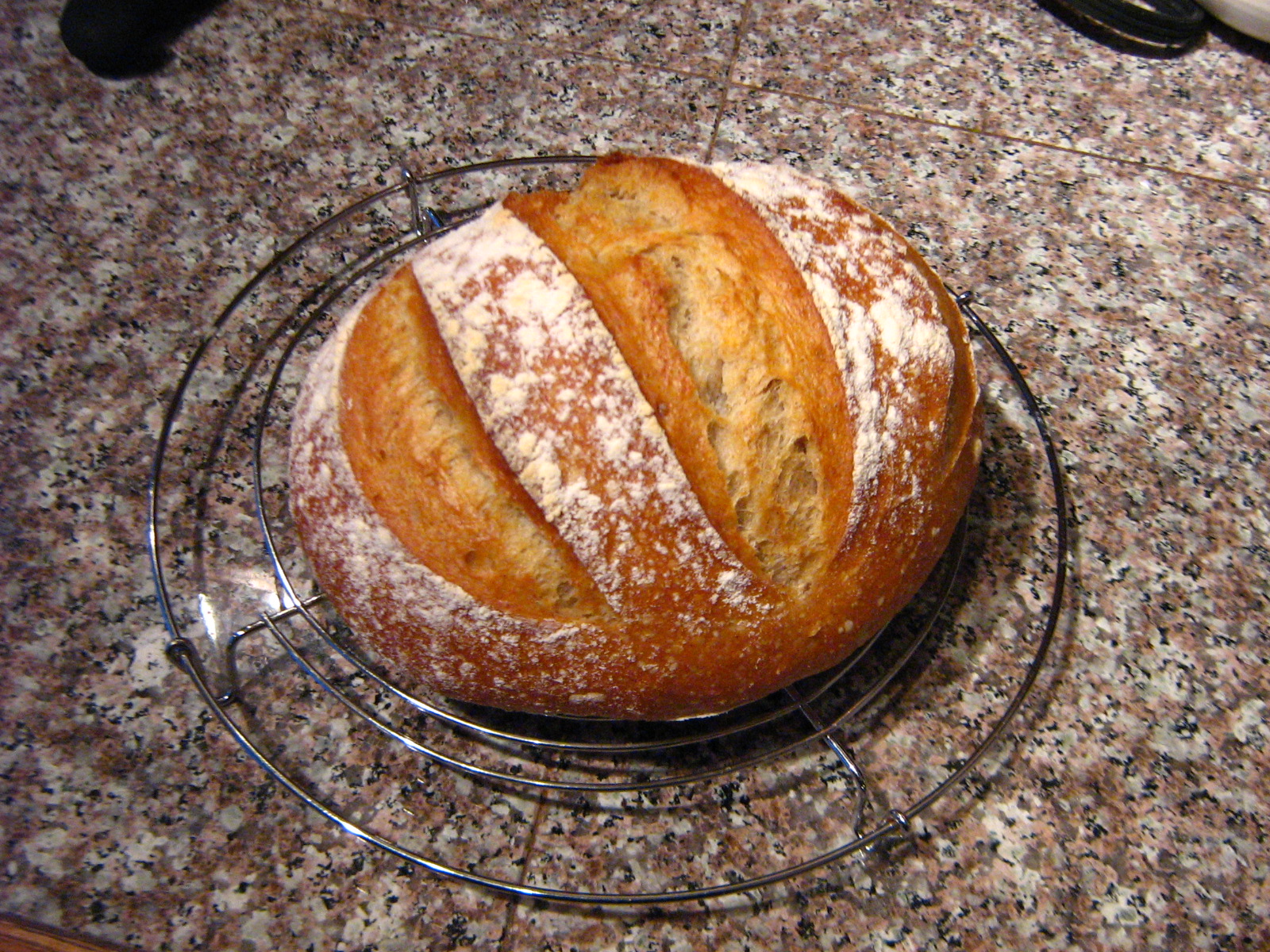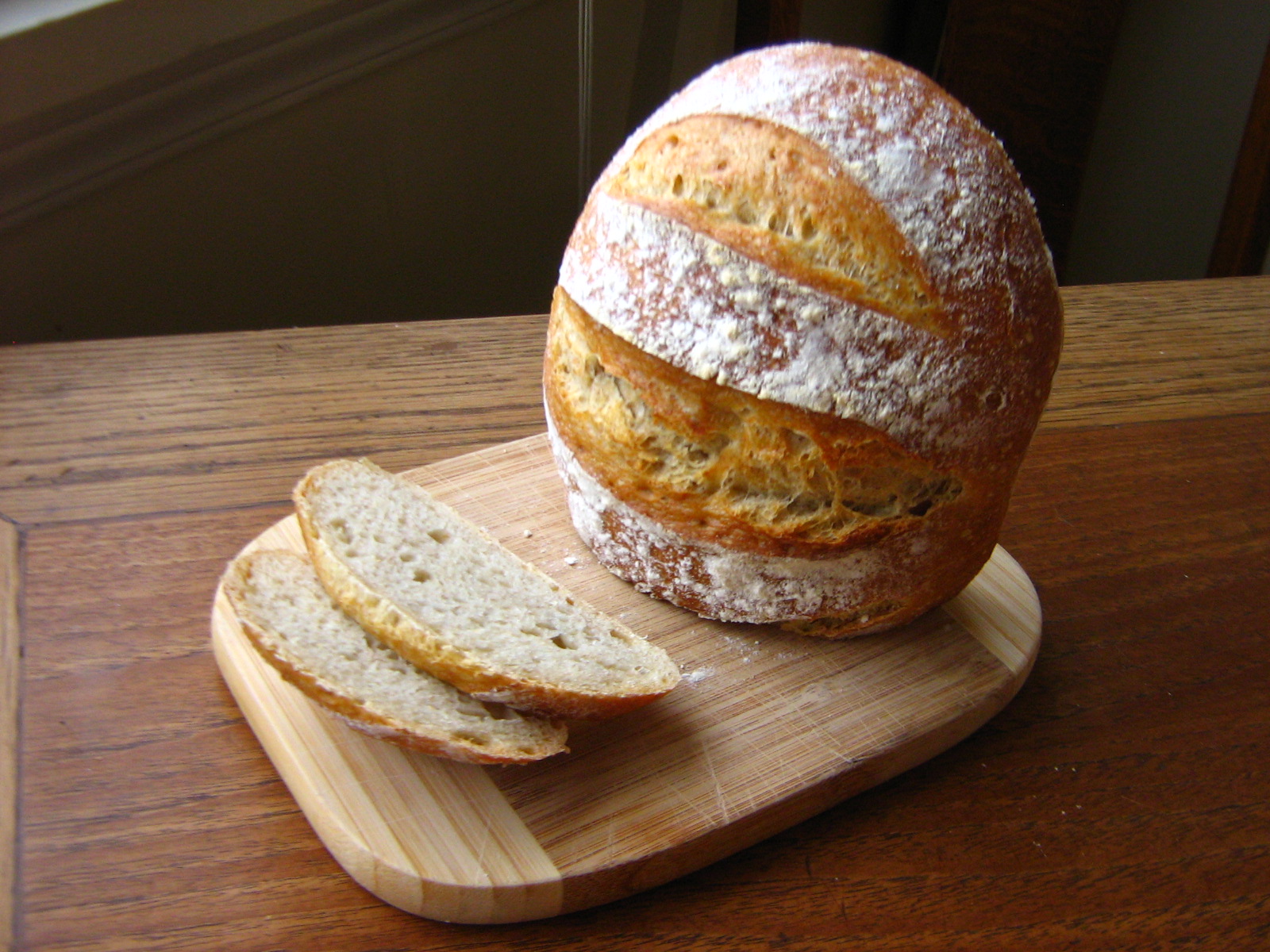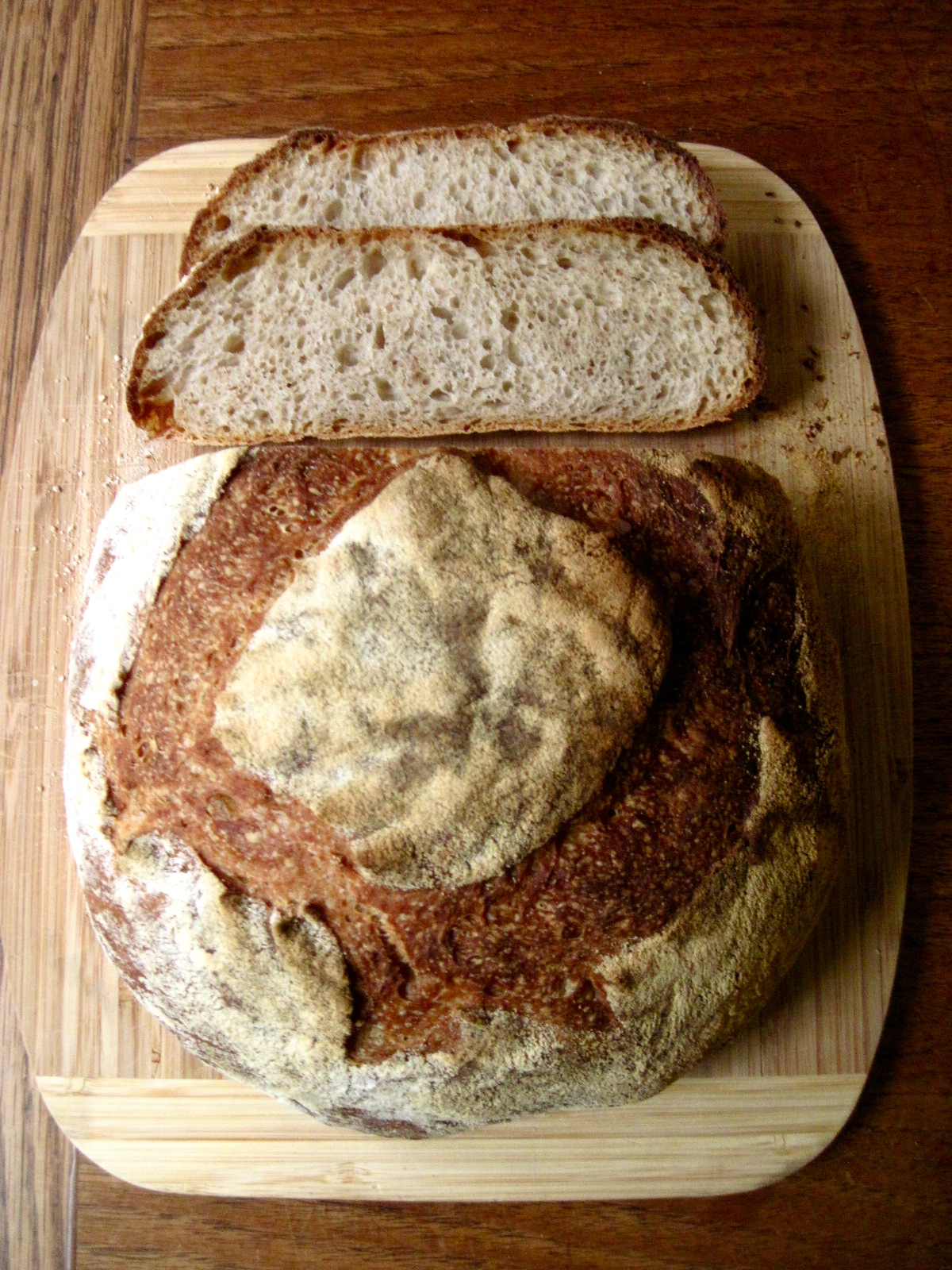 For a while I’ve been searching for a “country style” rustic sourdough loaf with some whole grain in it to bake as our daily bread, and after lots of trial and error, I finally settled on this formula, based on a recipe from Chez Pim. I was already planning on sharing it when I discovered that November’s theme for Bread Baking Day #54 is overnight bread, which is perfect, because this bread, being of my favorite no-knead, long-rest variety, fits right into that category.
For a while I’ve been searching for a “country style” rustic sourdough loaf with some whole grain in it to bake as our daily bread, and after lots of trial and error, I finally settled on this formula, based on a recipe from Chez Pim. I was already planning on sharing it when I discovered that November’s theme for Bread Baking Day #54 is overnight bread, which is perfect, because this bread, being of my favorite no-knead, long-rest variety, fits right into that category.

…
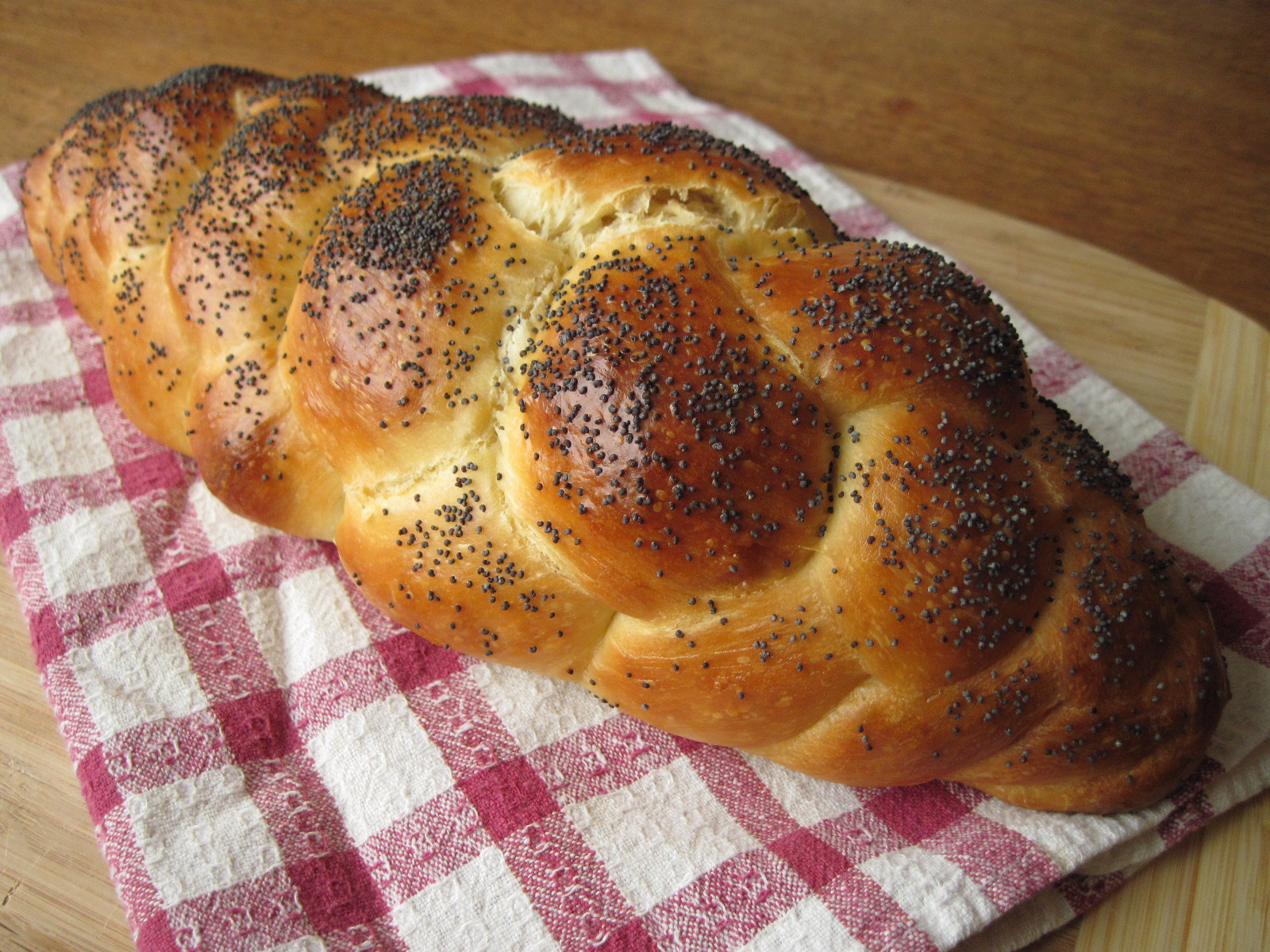 This is, sadly, the final installment of my
This is, sadly, the final installment of my 